A buddy of mine back in High School had one of these. Eric could really make that rifle do things at the range that still amazes me.
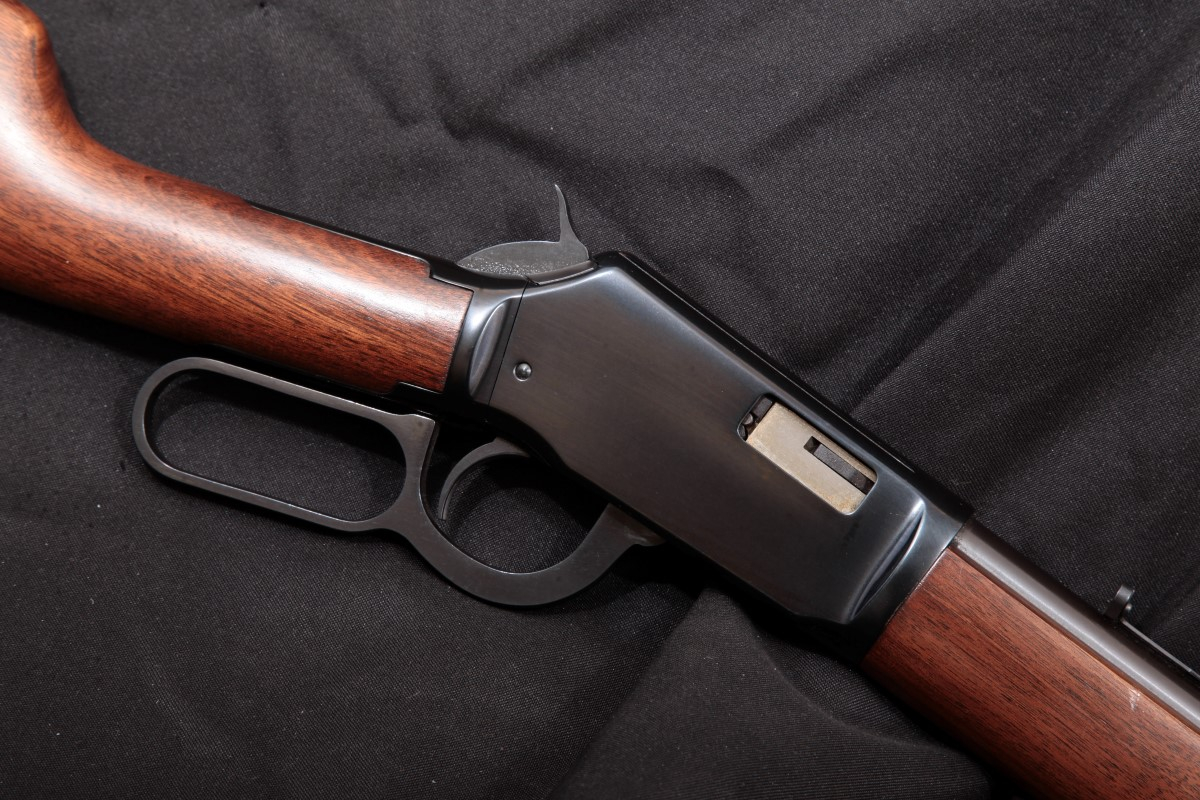
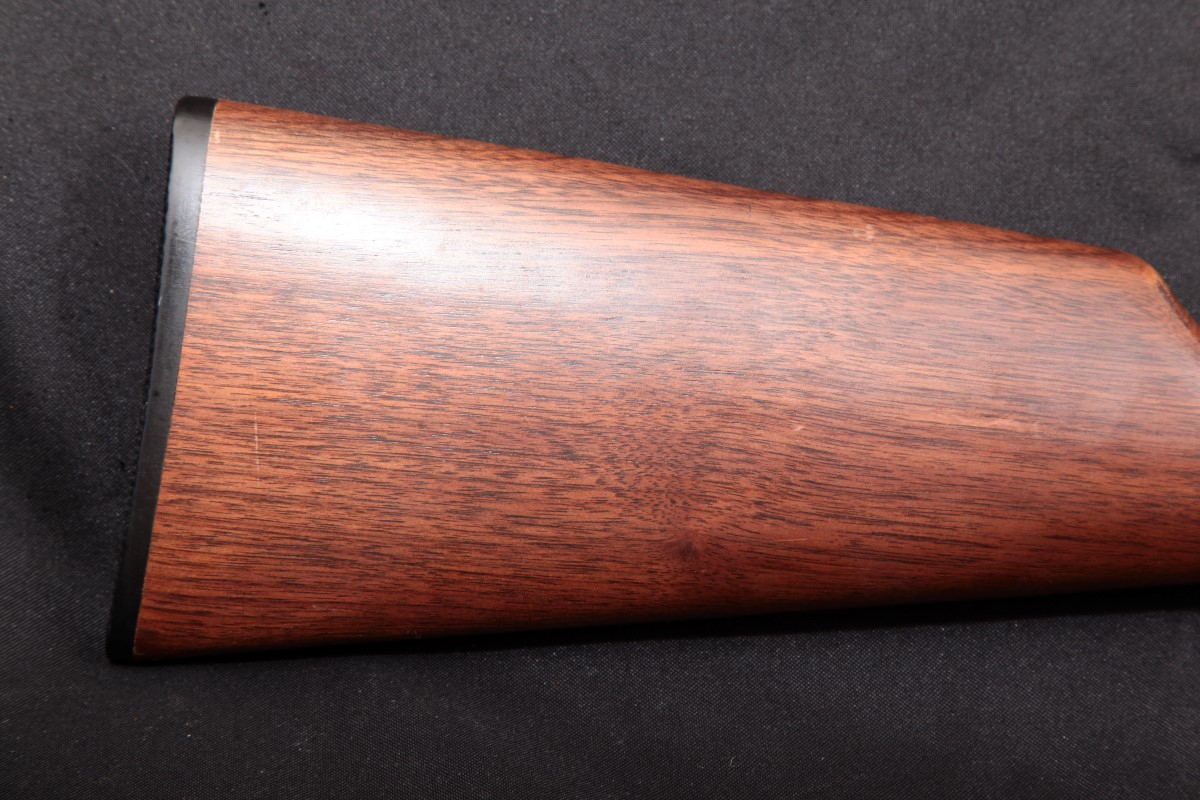
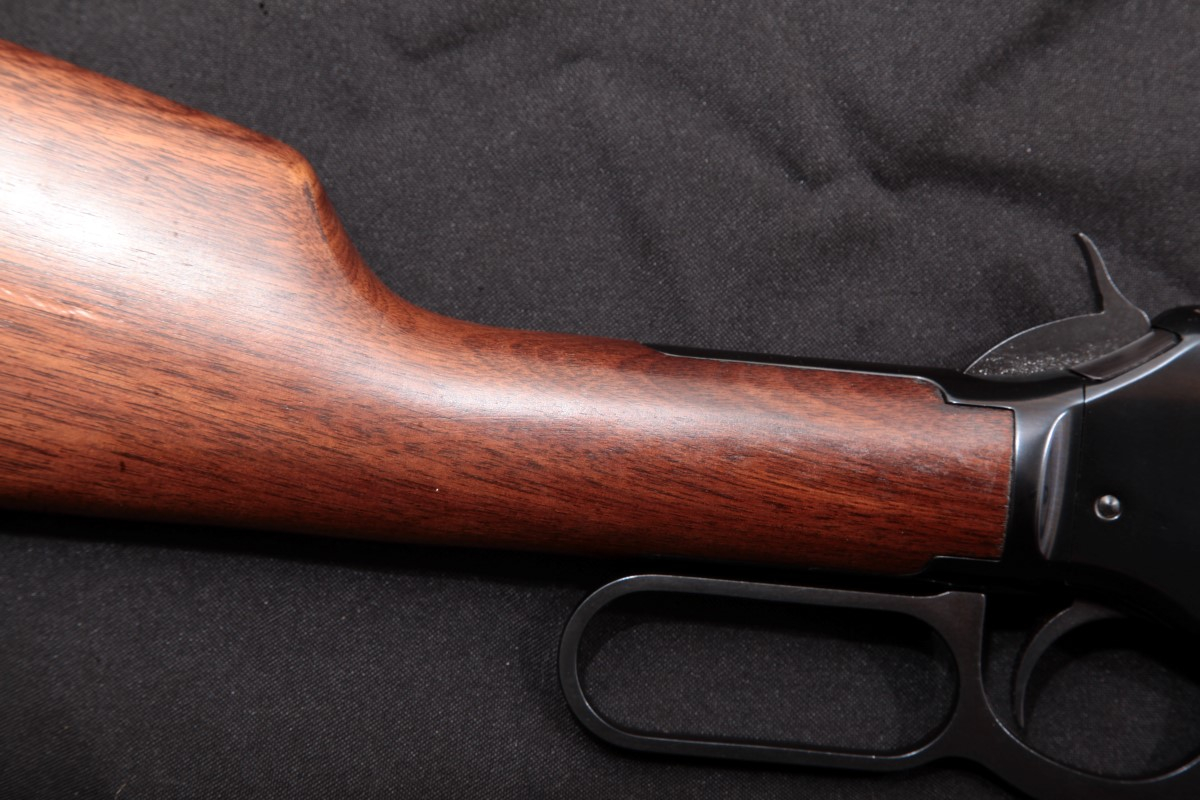

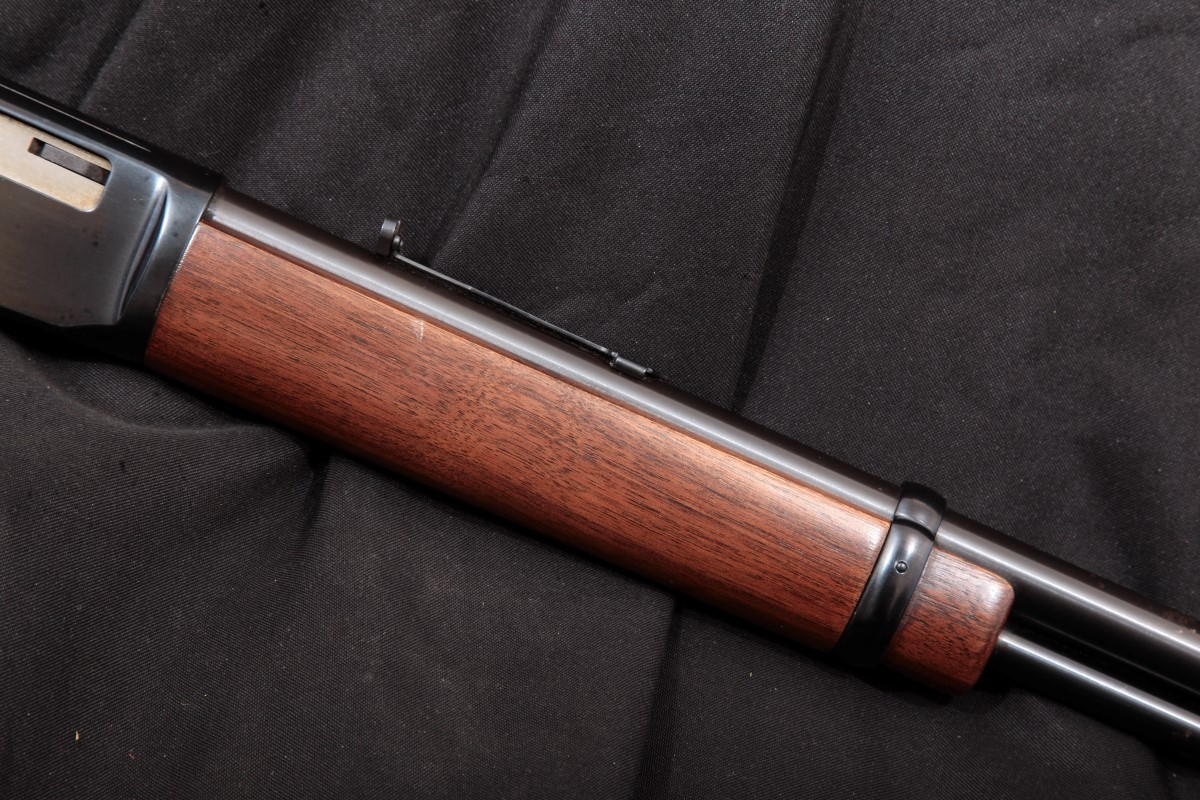

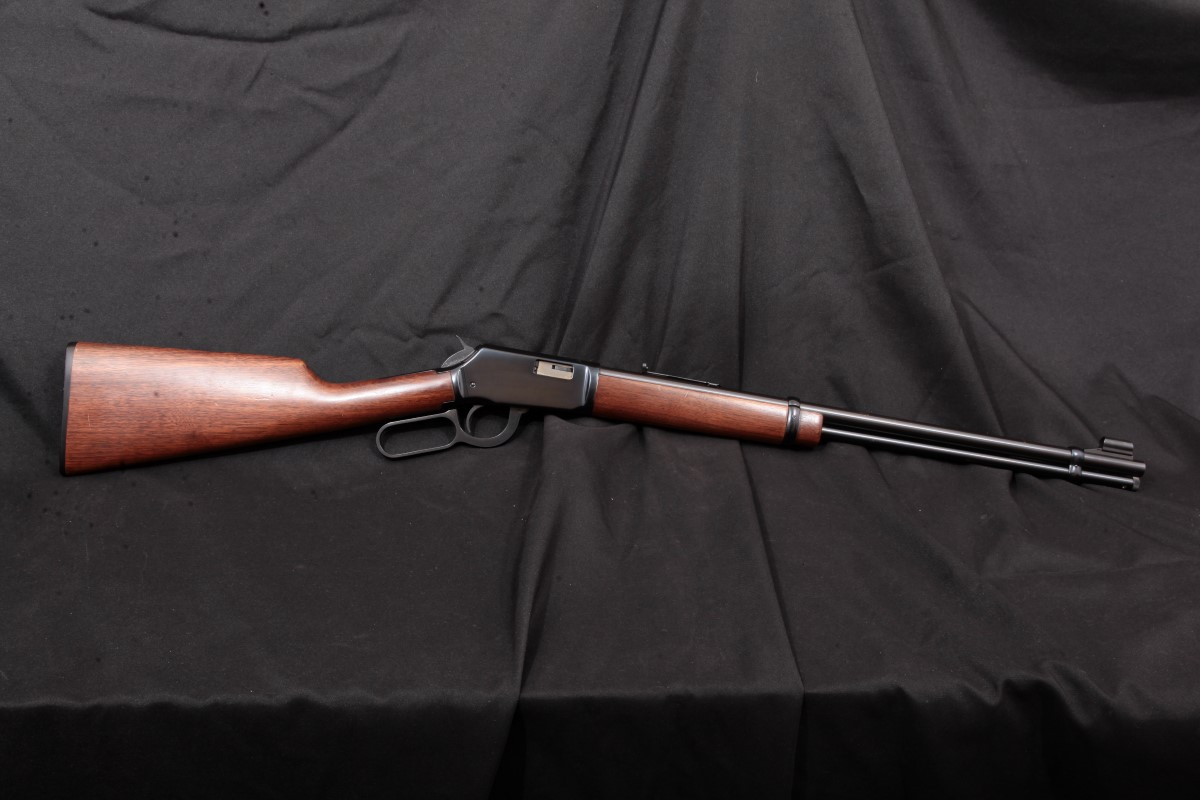

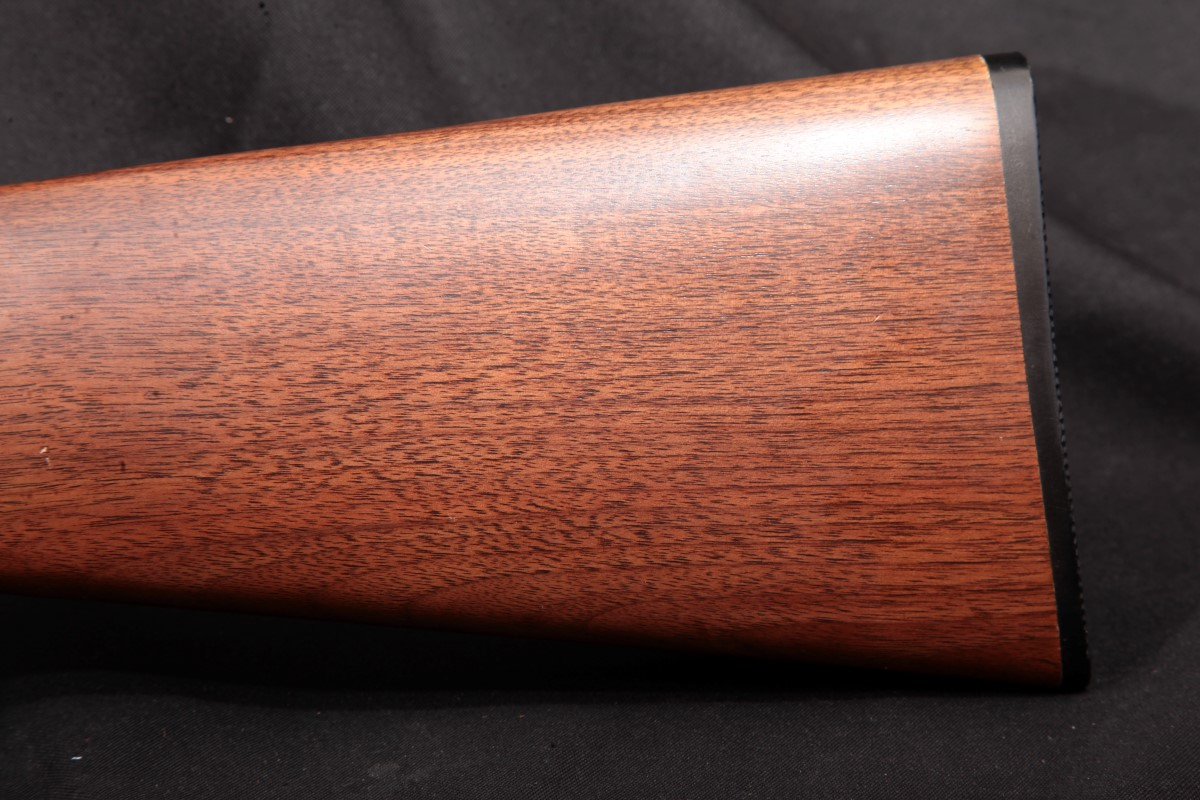
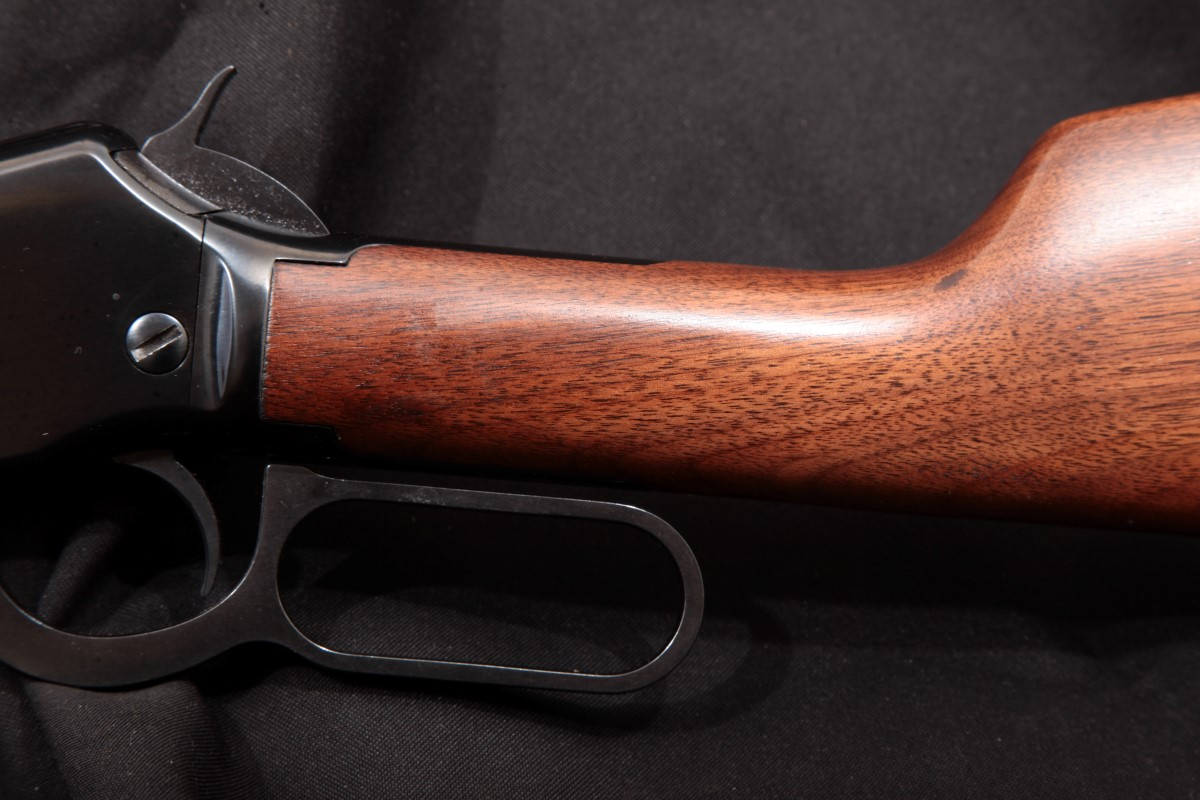
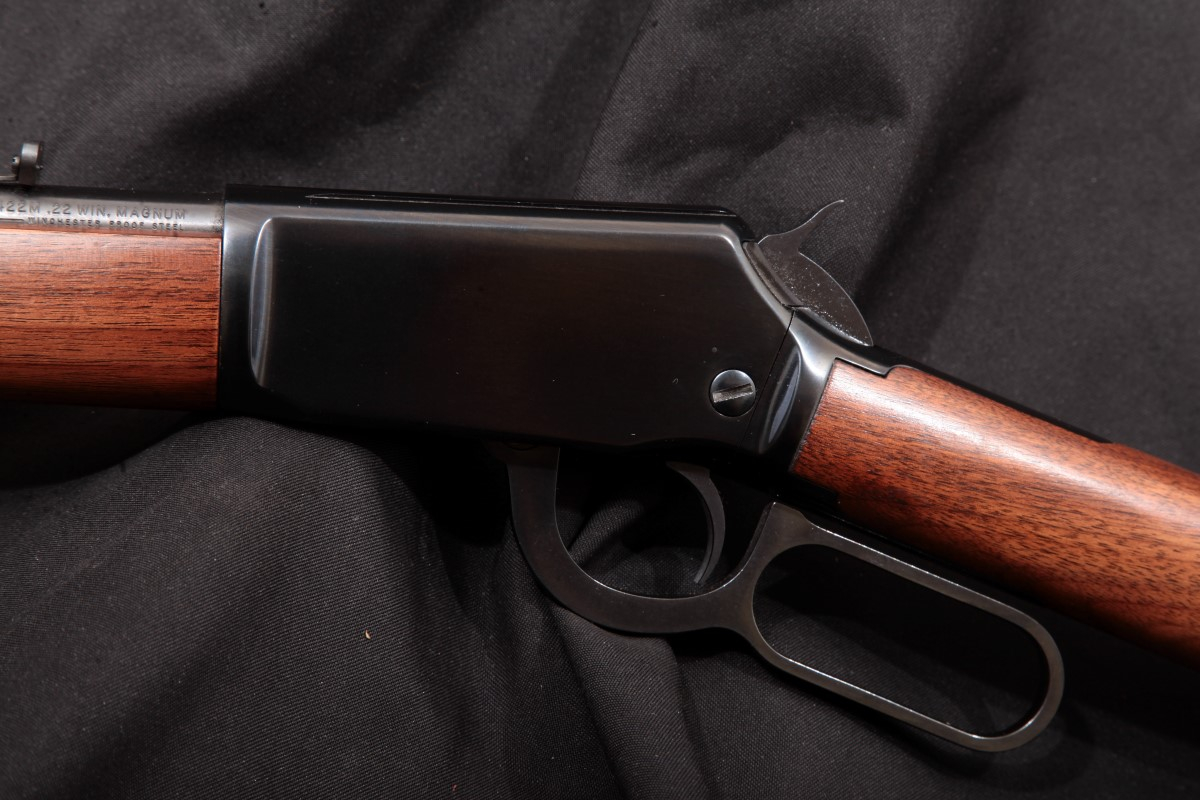
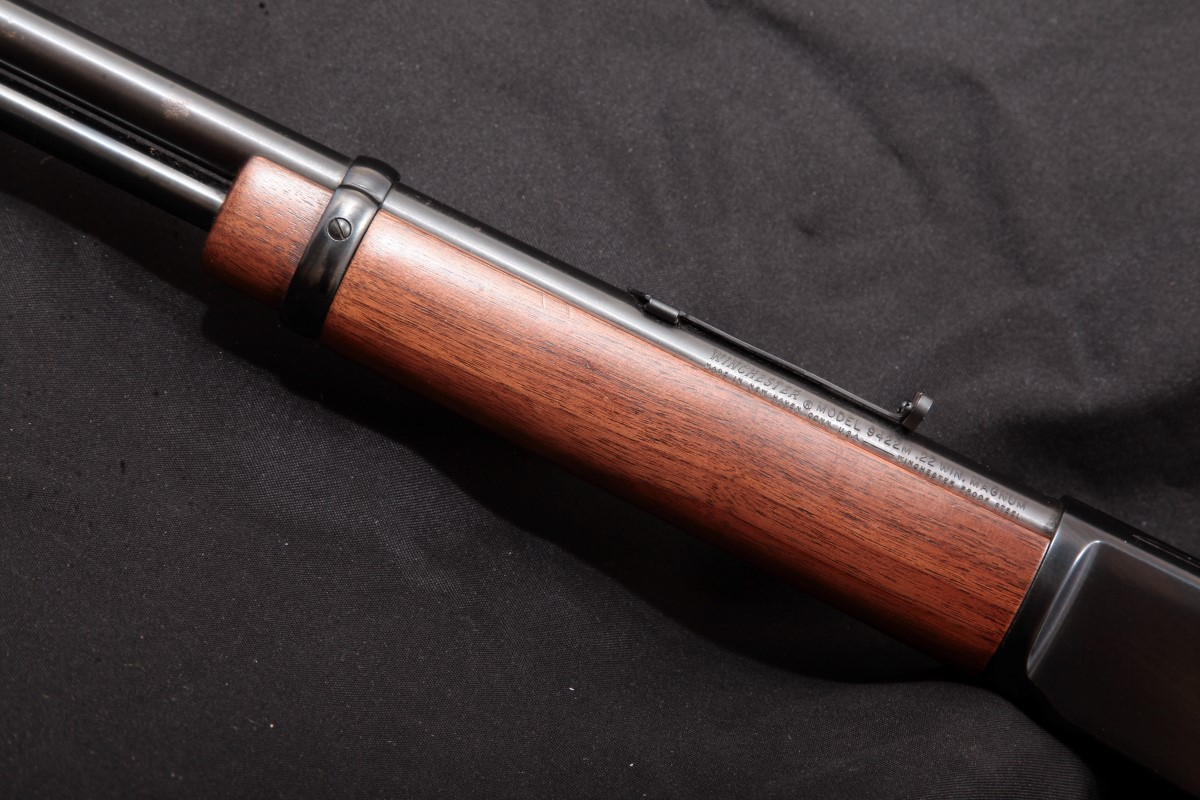
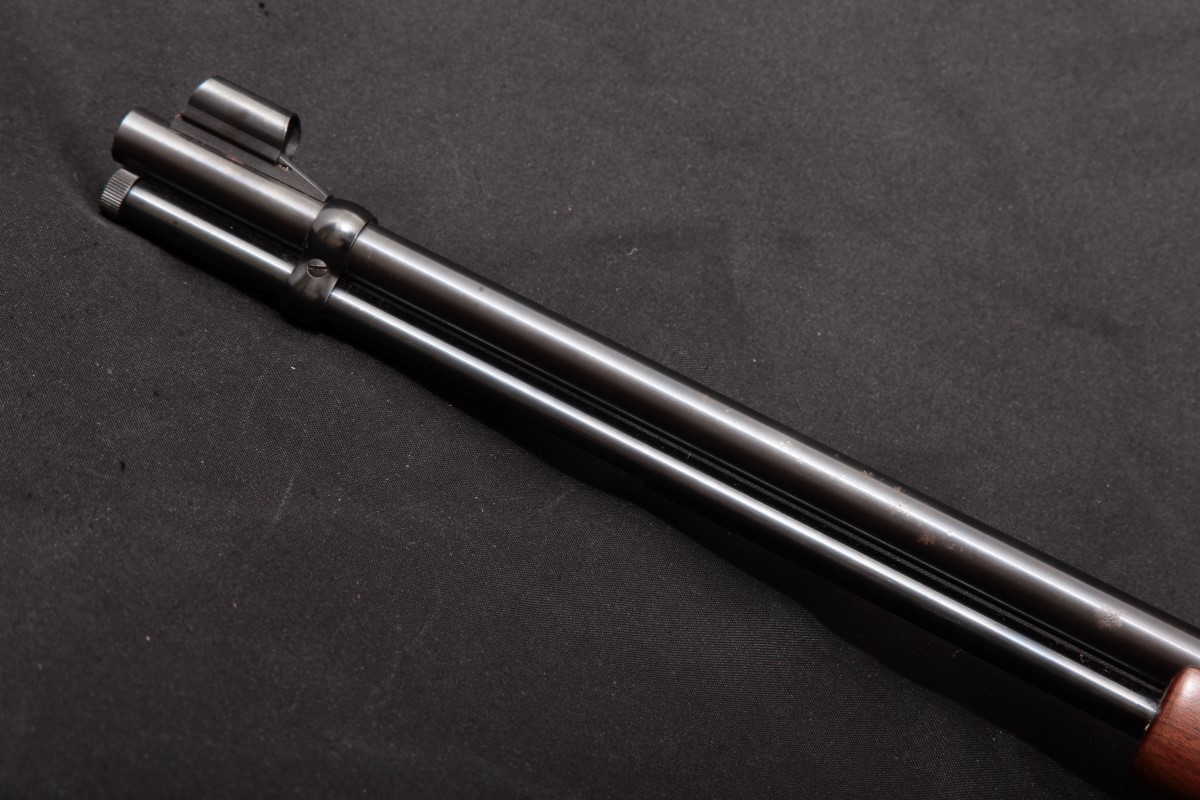
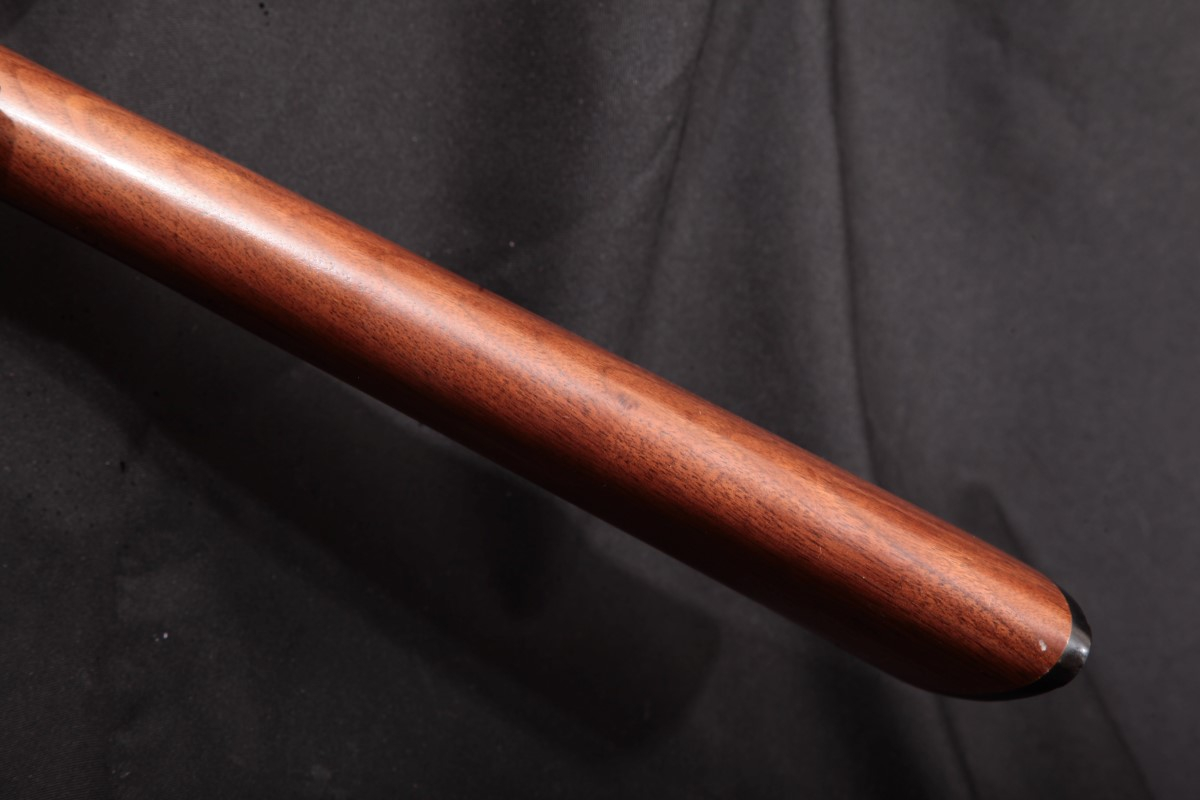
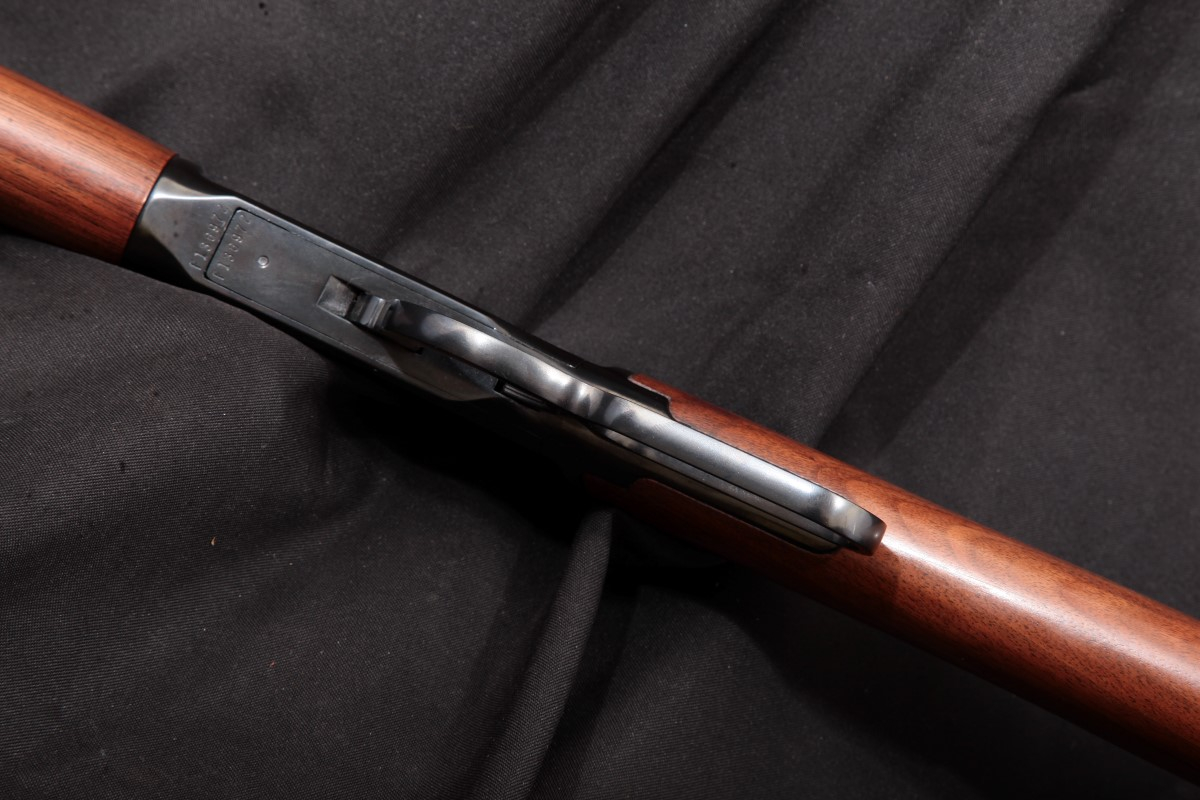
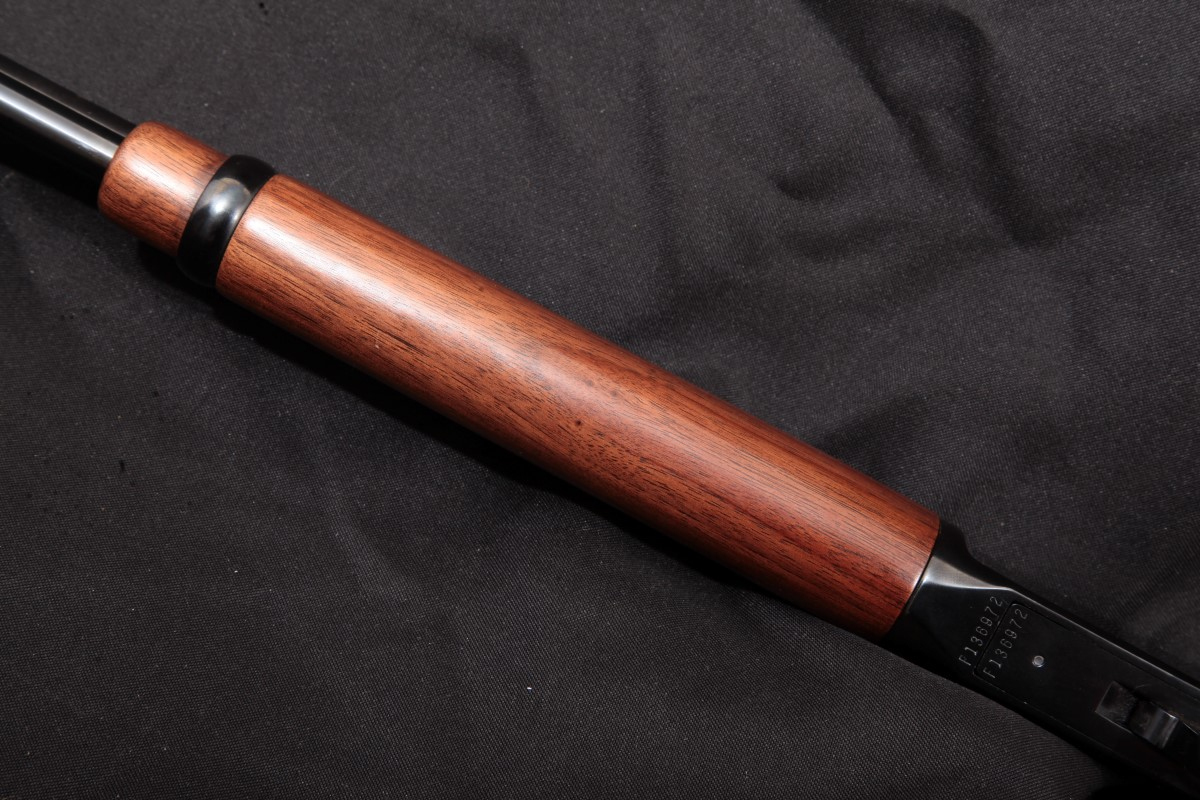
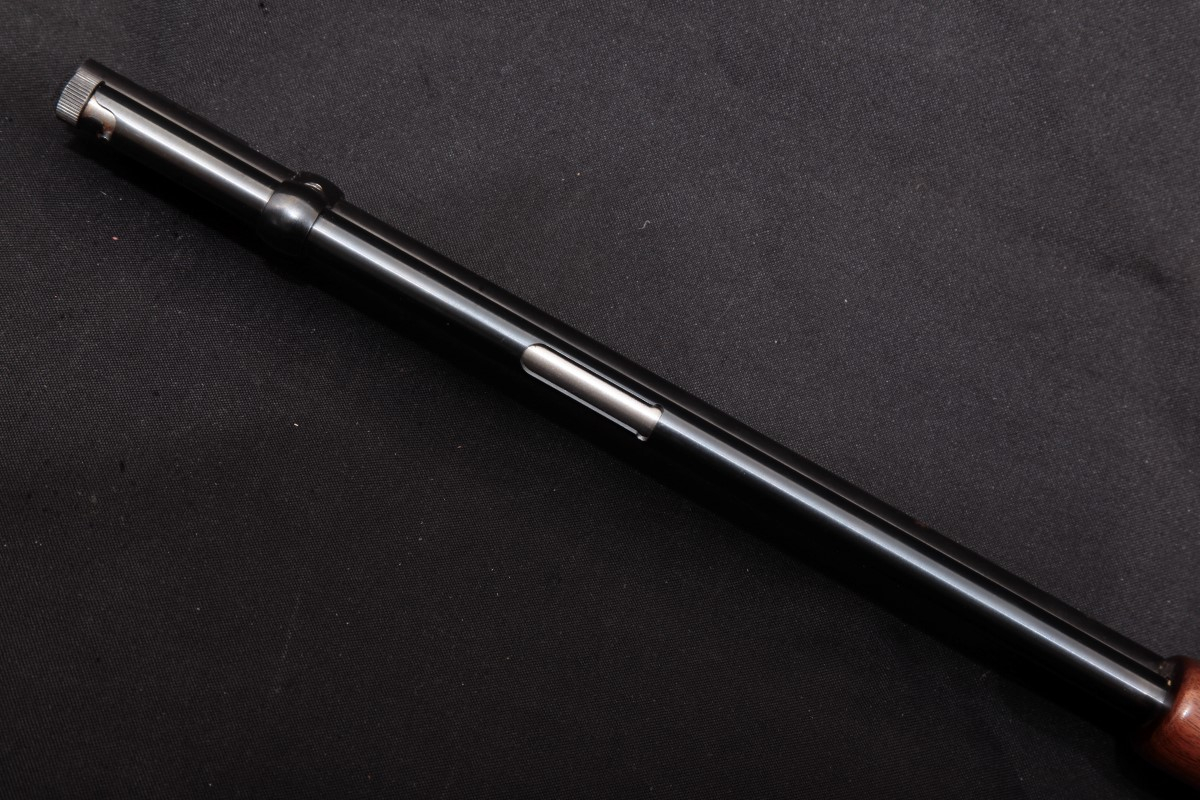
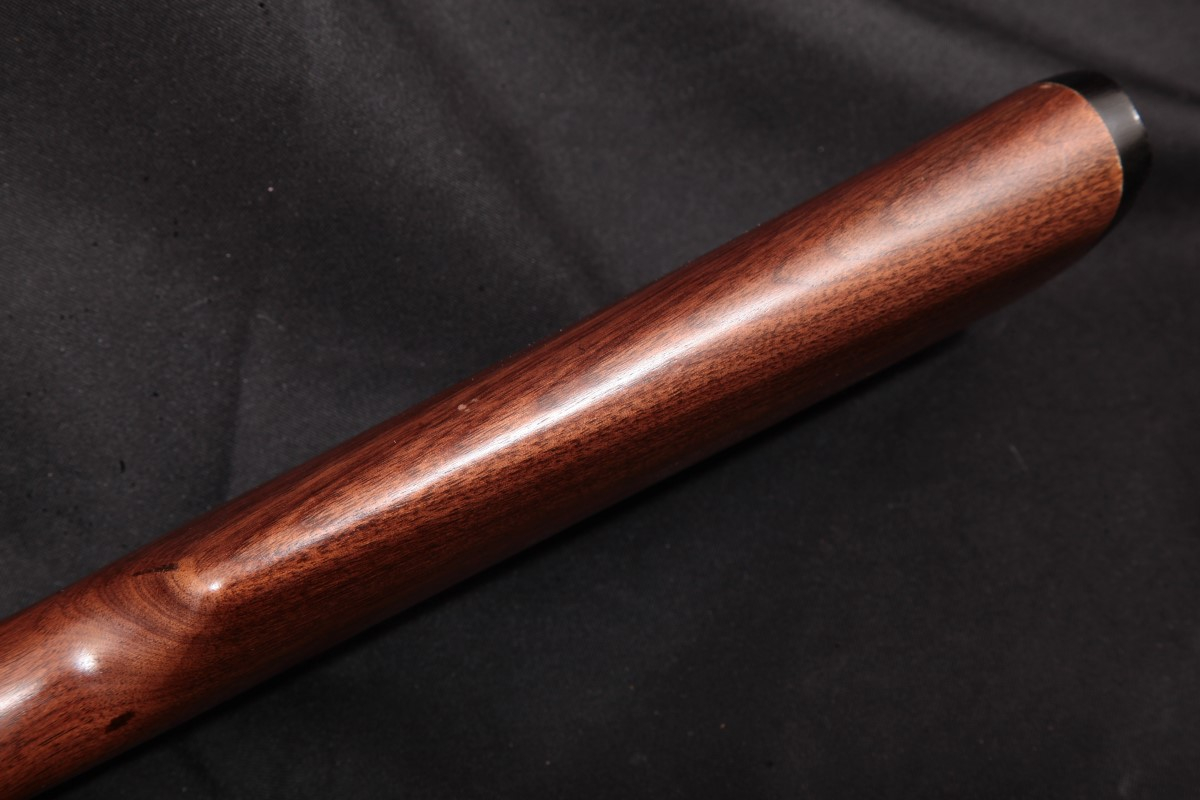
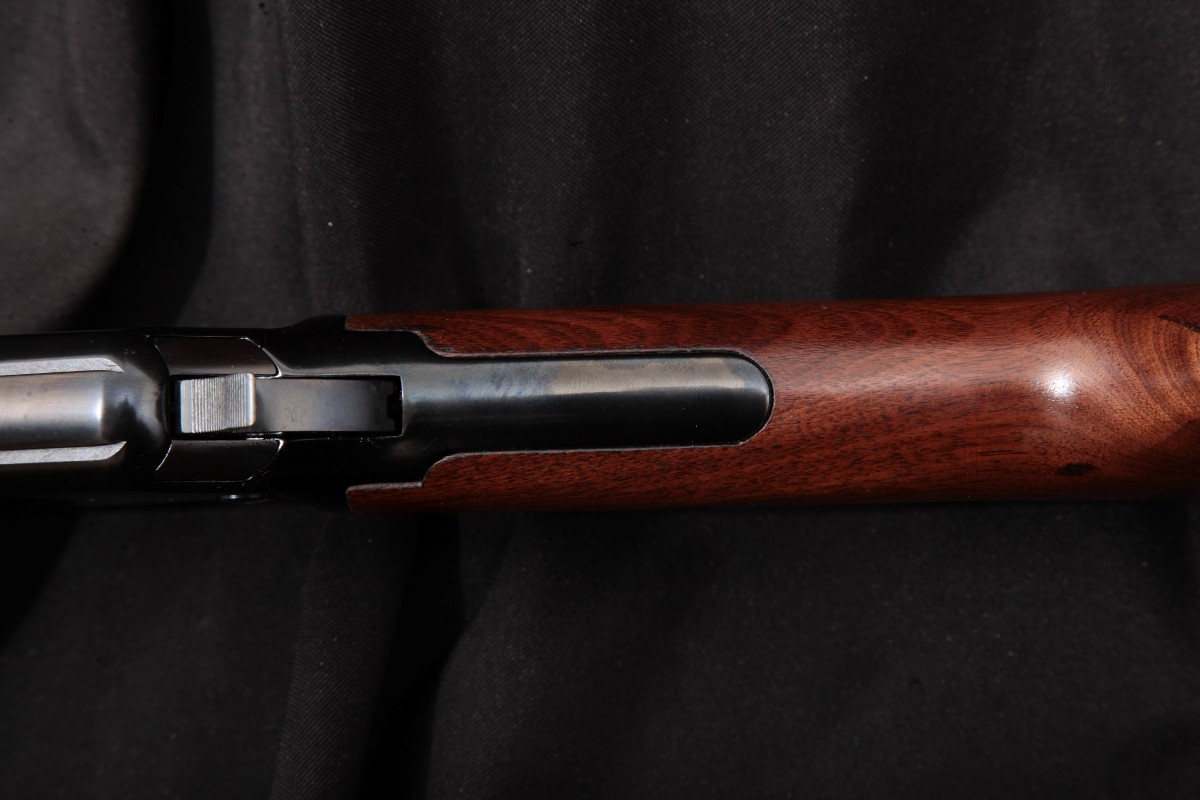
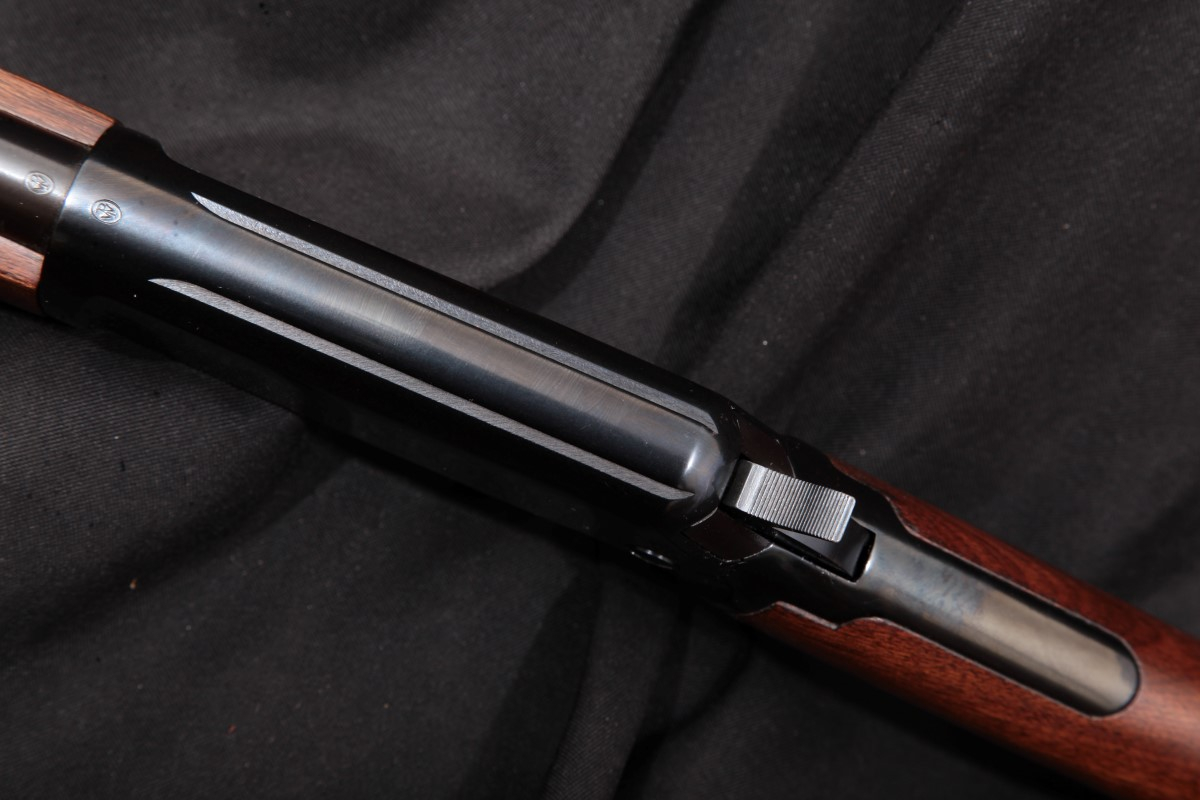
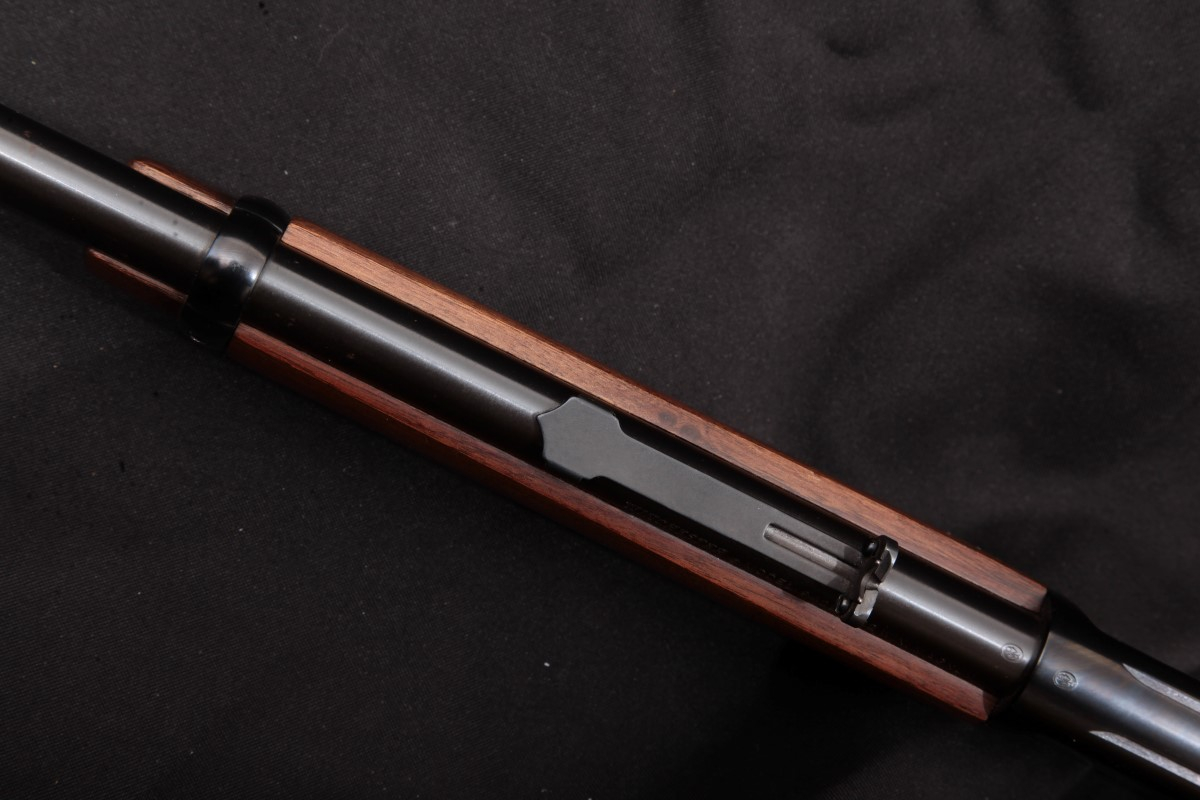
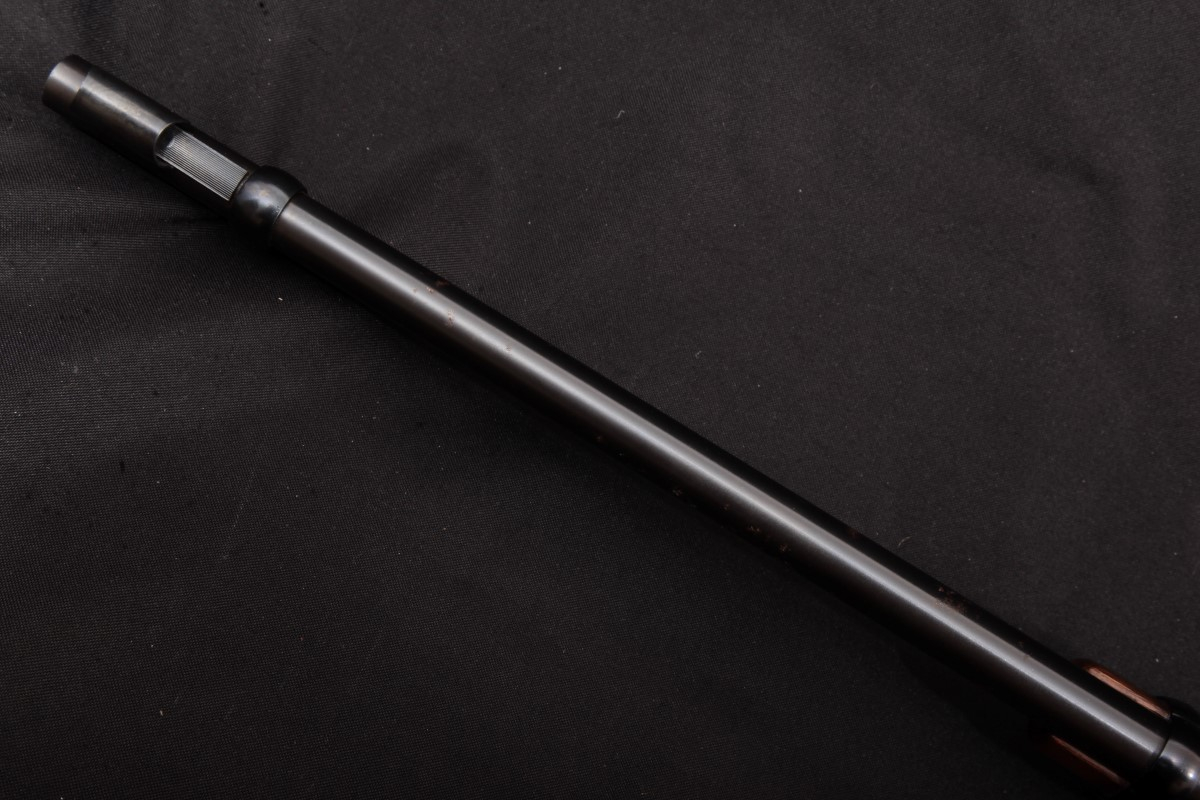
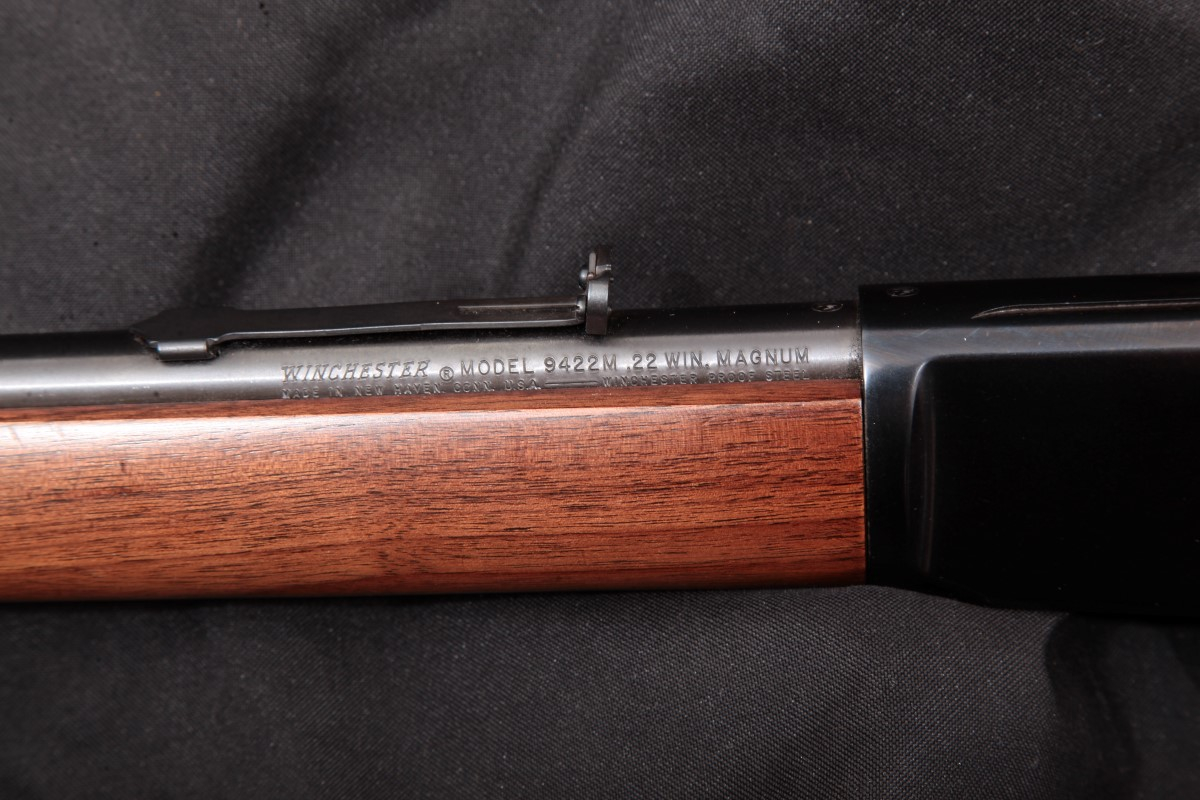
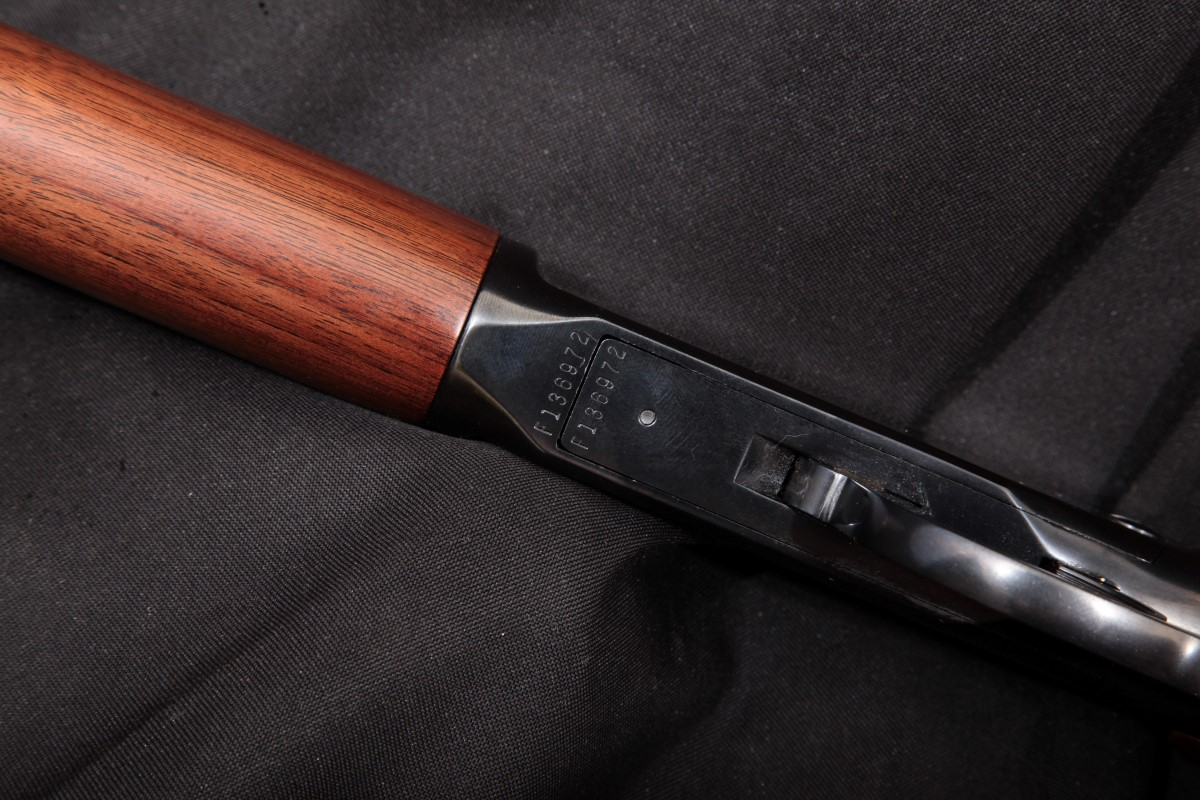
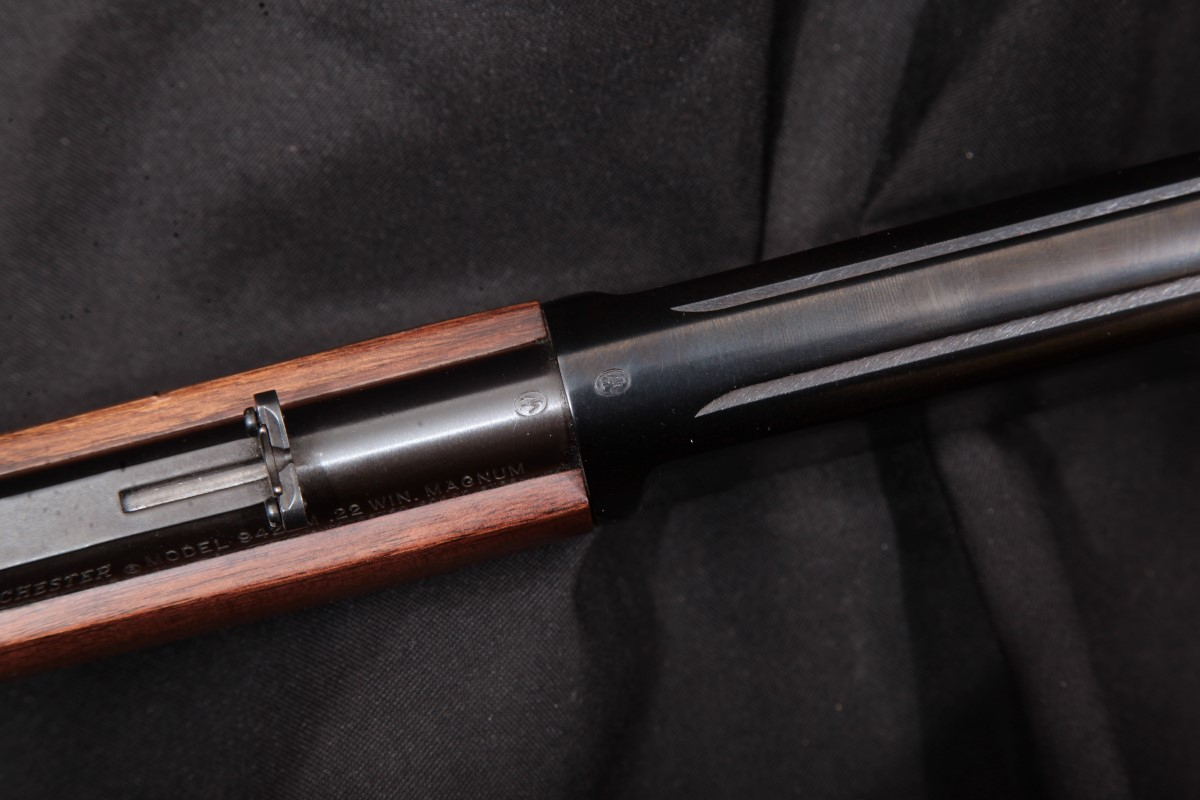
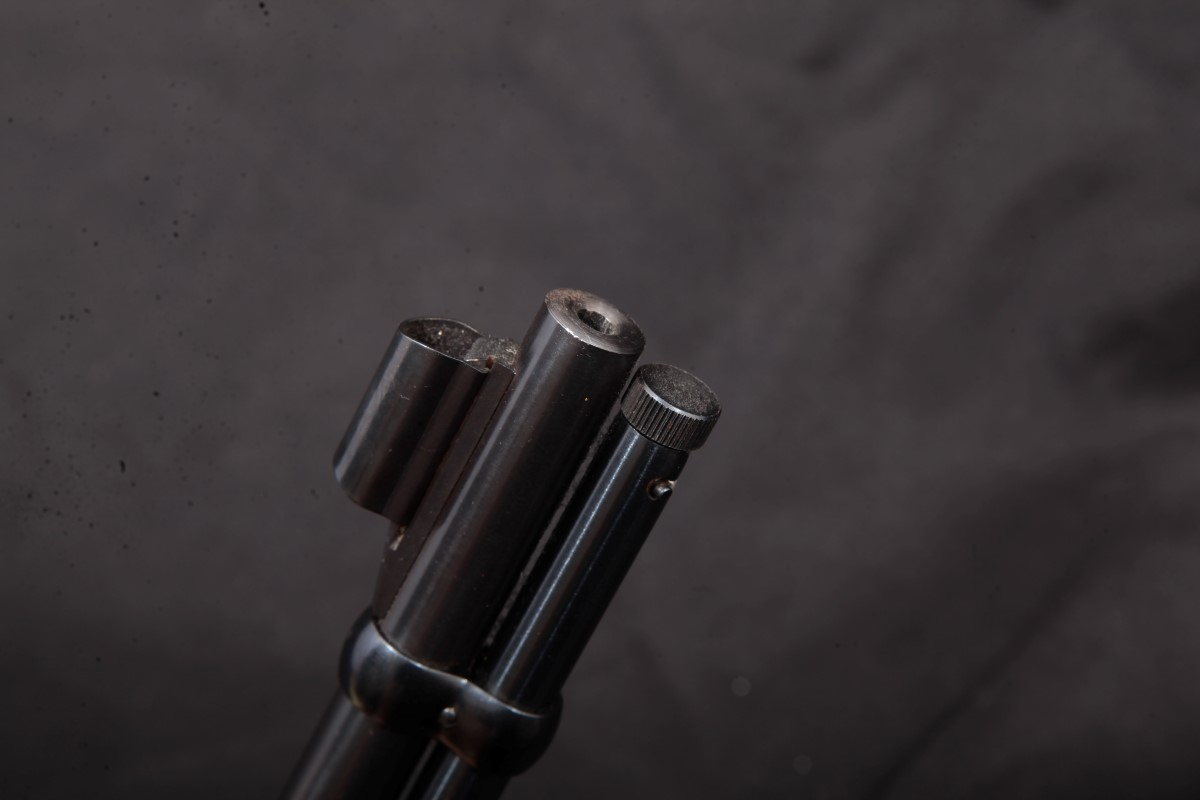
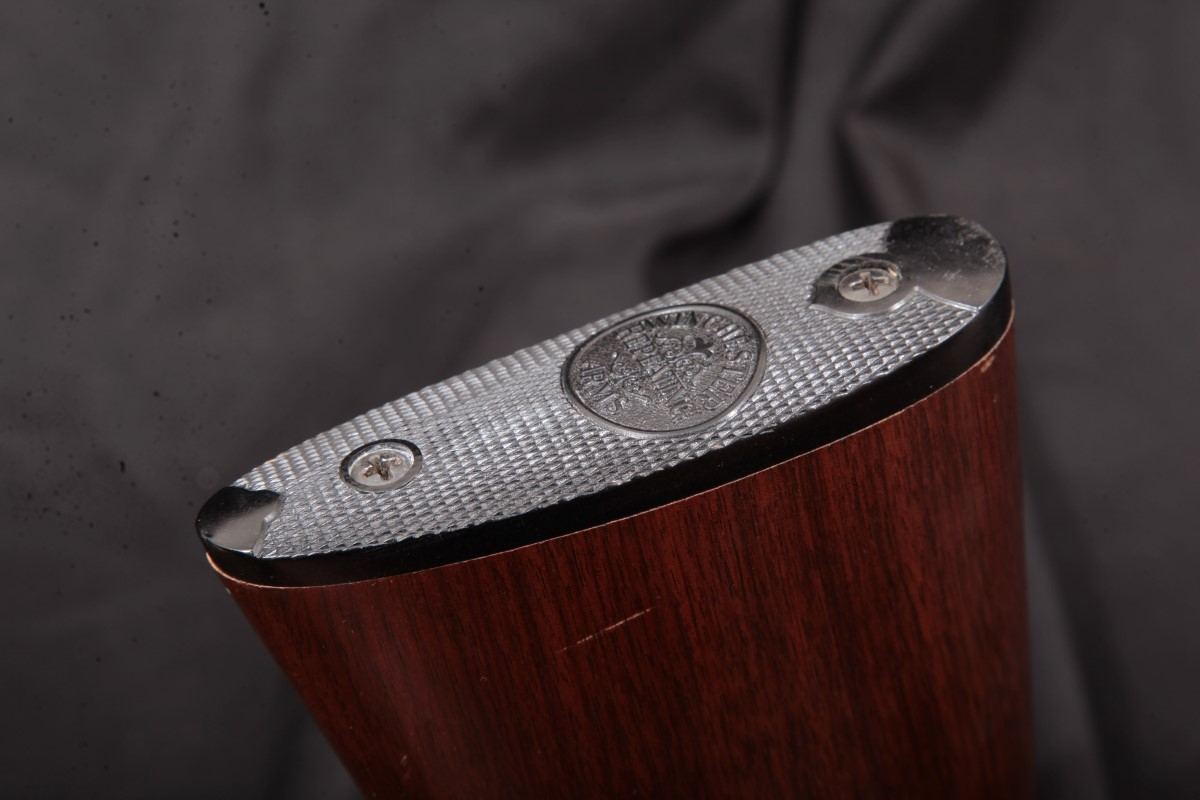
A buddy of mine back in High School had one of these. Eric could really make that rifle do things at the range that still amazes me.



























In my humble opinion, This is one hell of a good looking wheelgun!




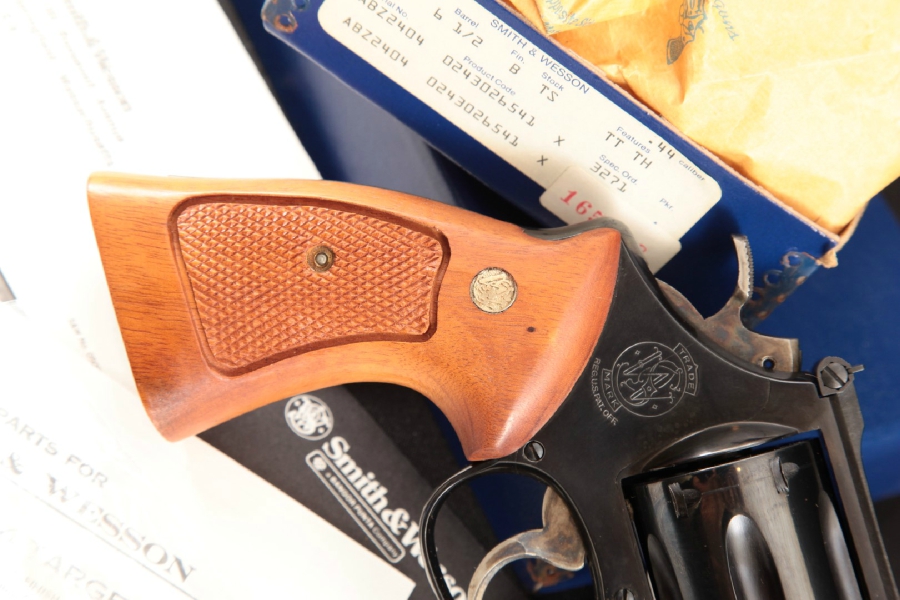
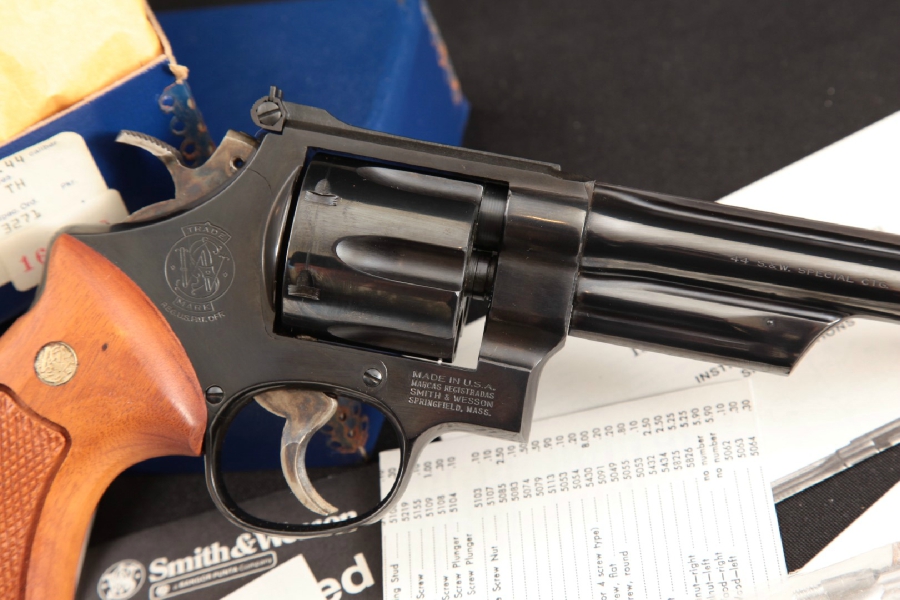
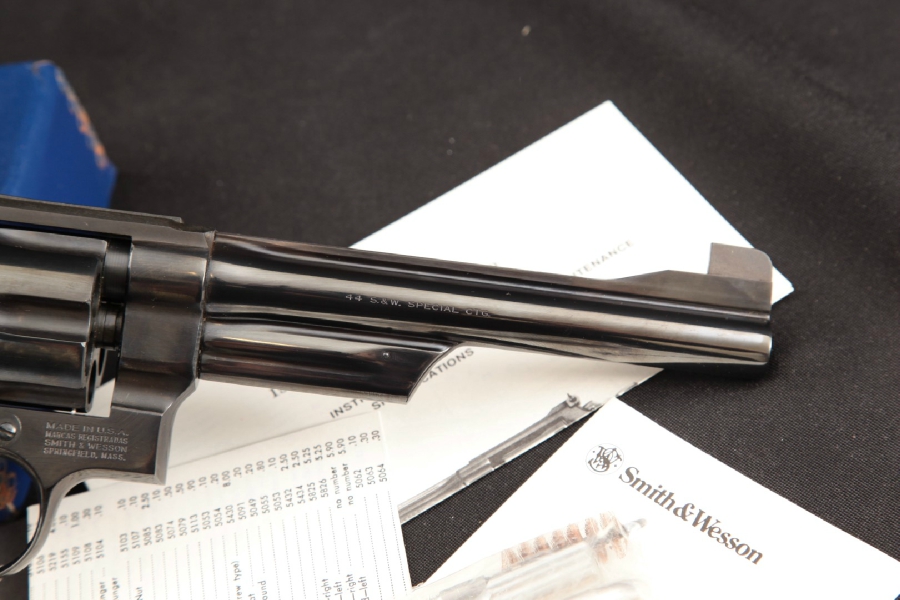
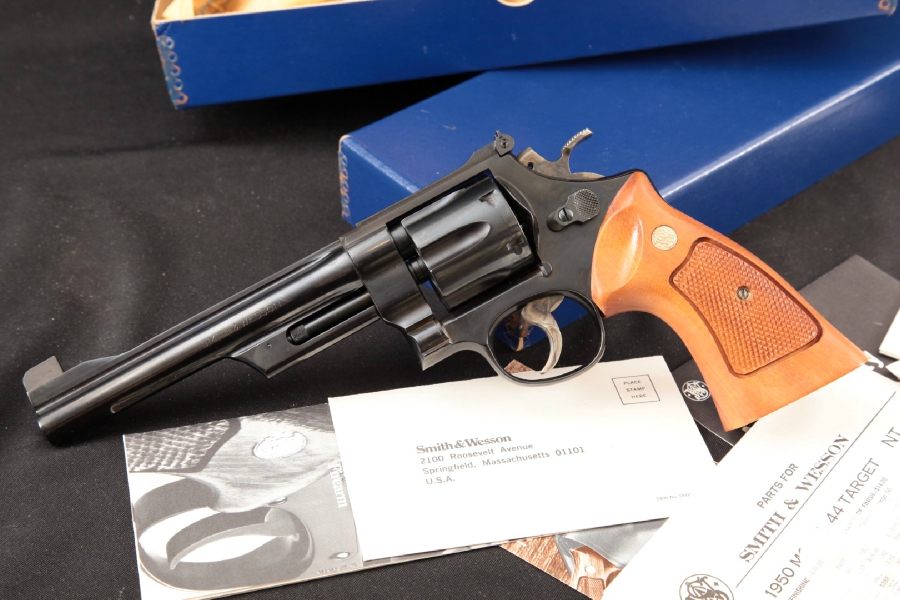
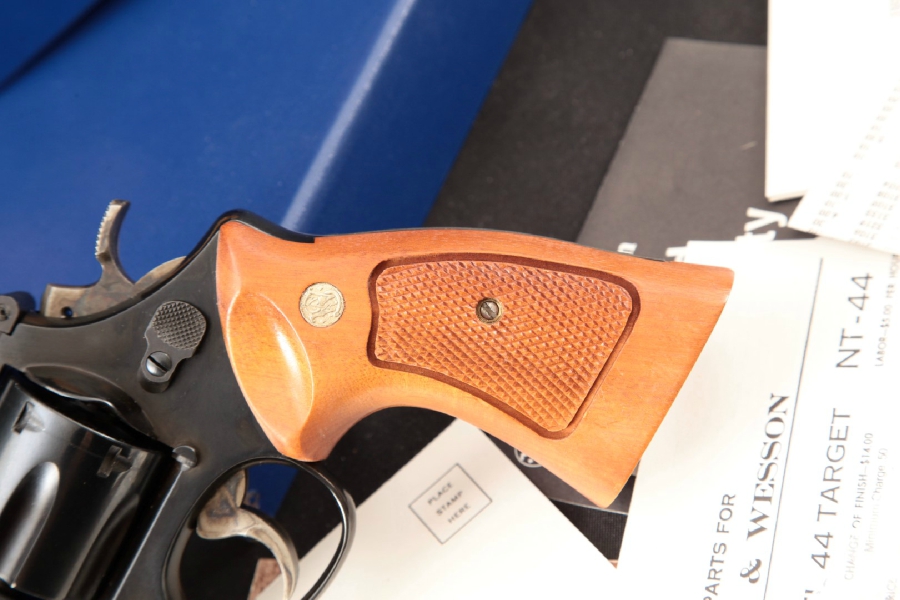
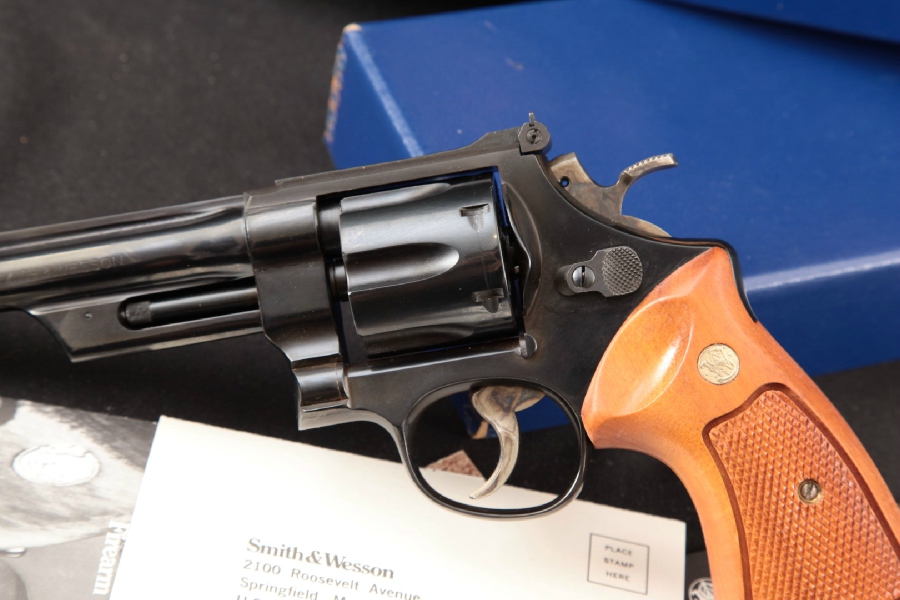
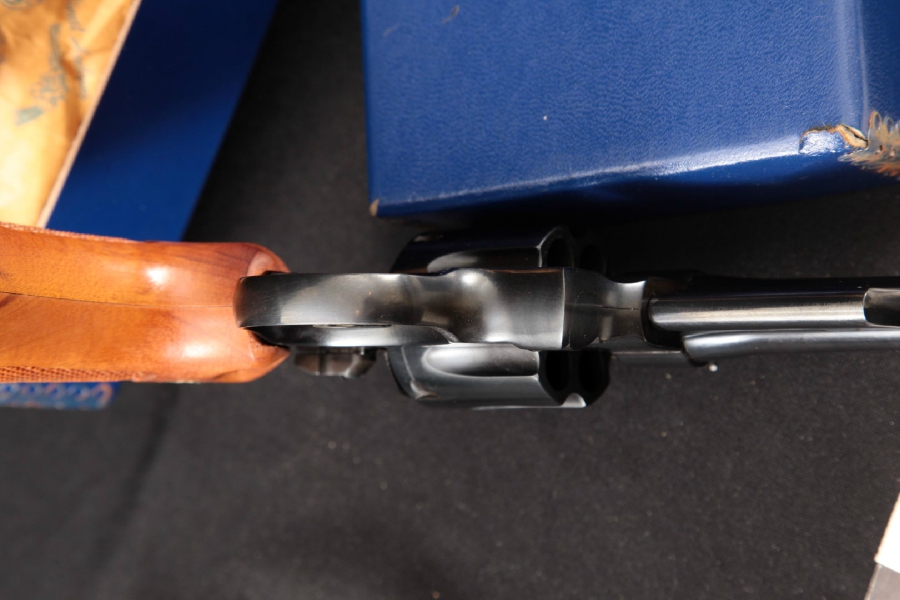
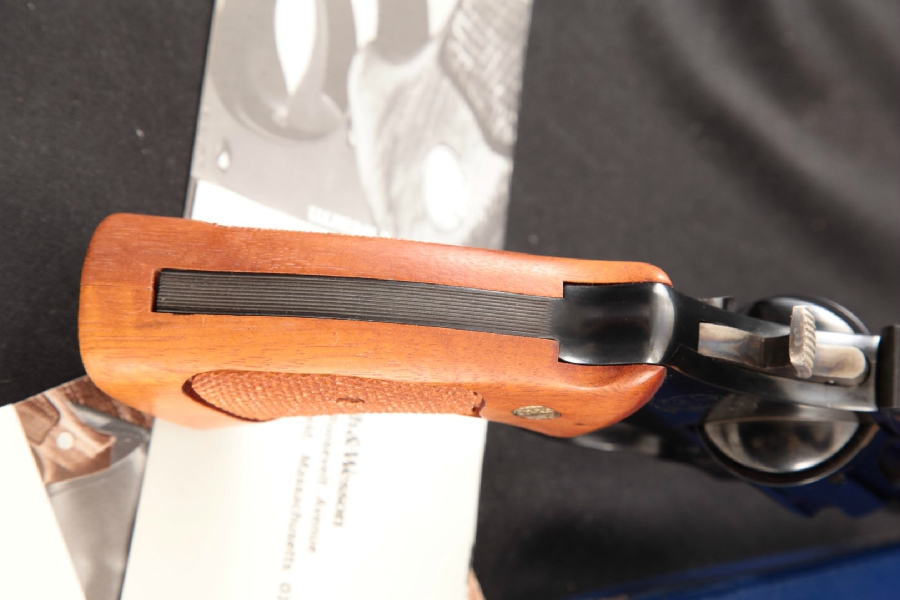
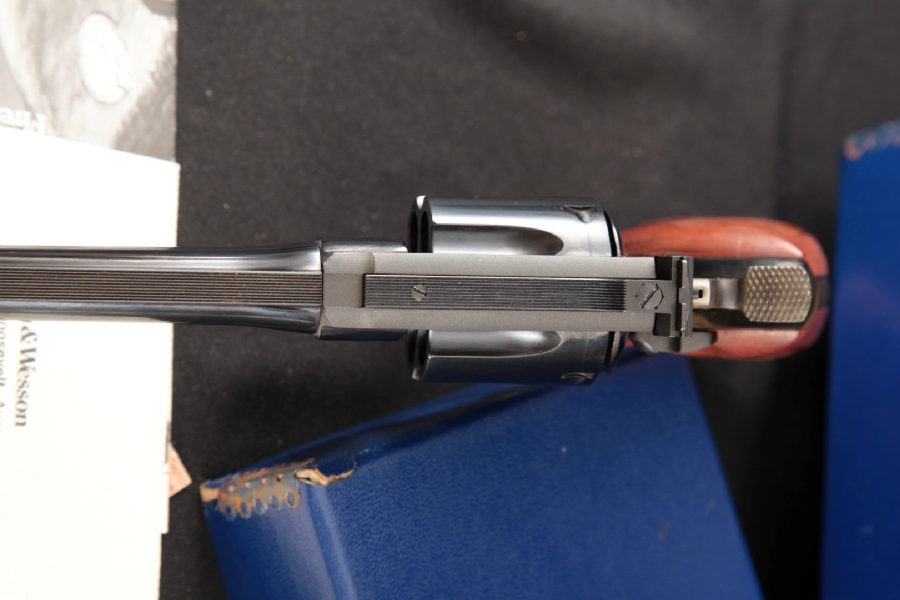
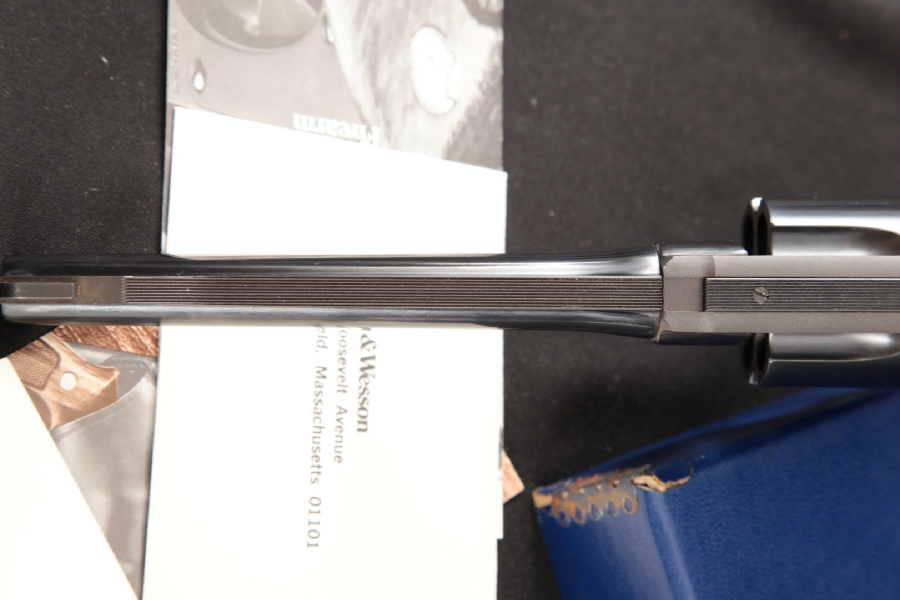
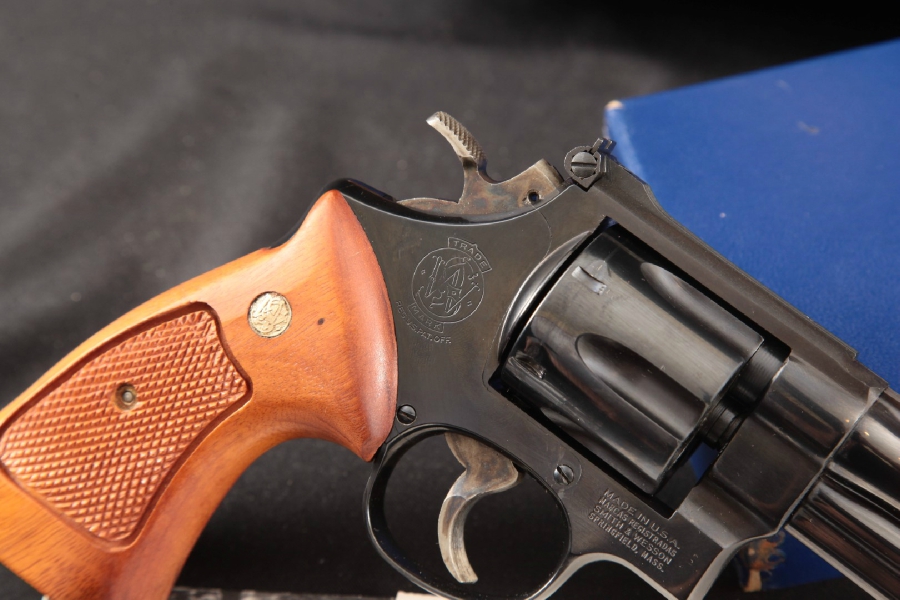
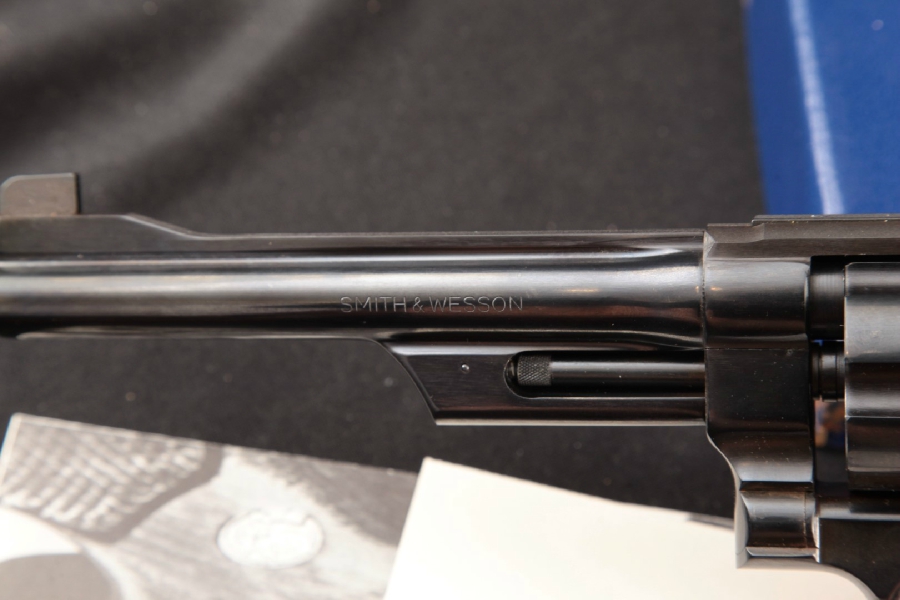
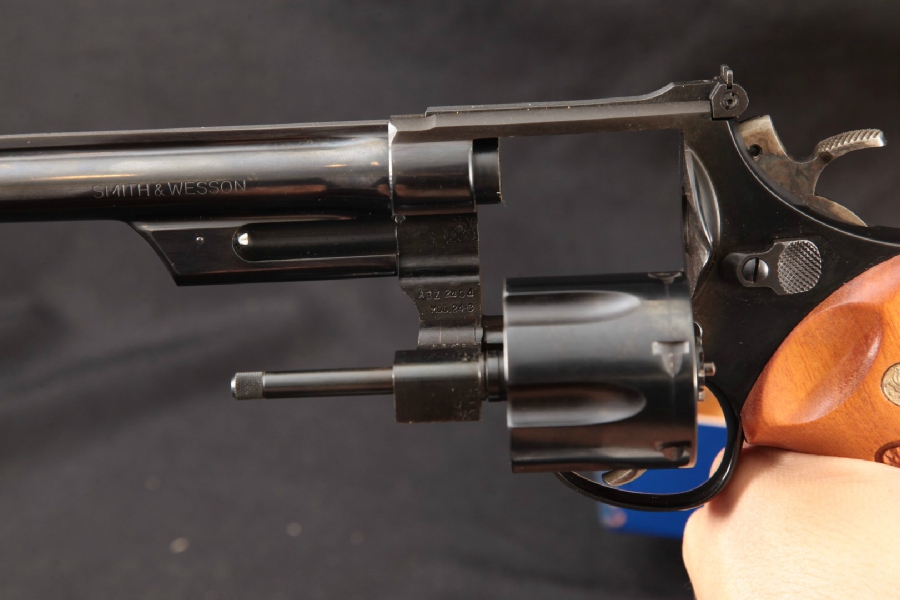
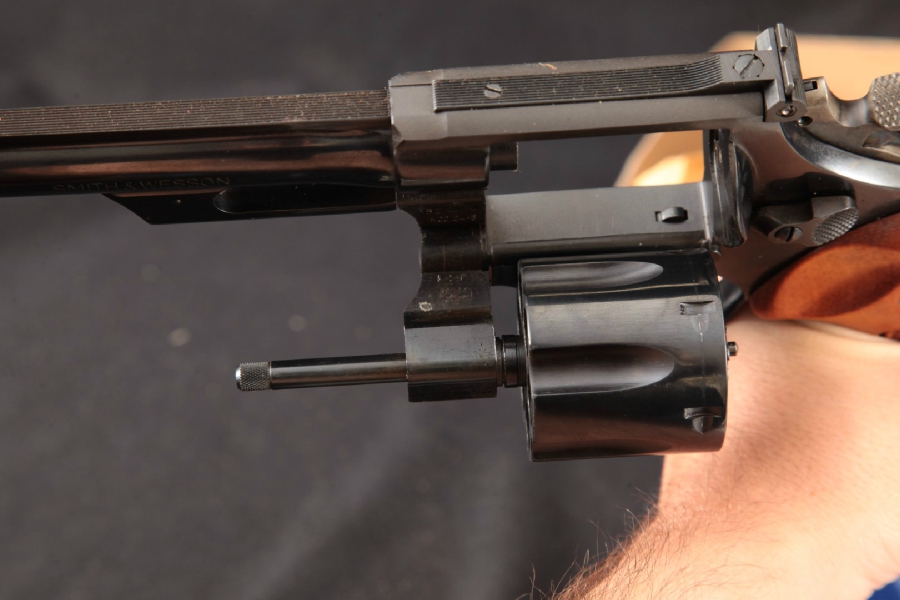
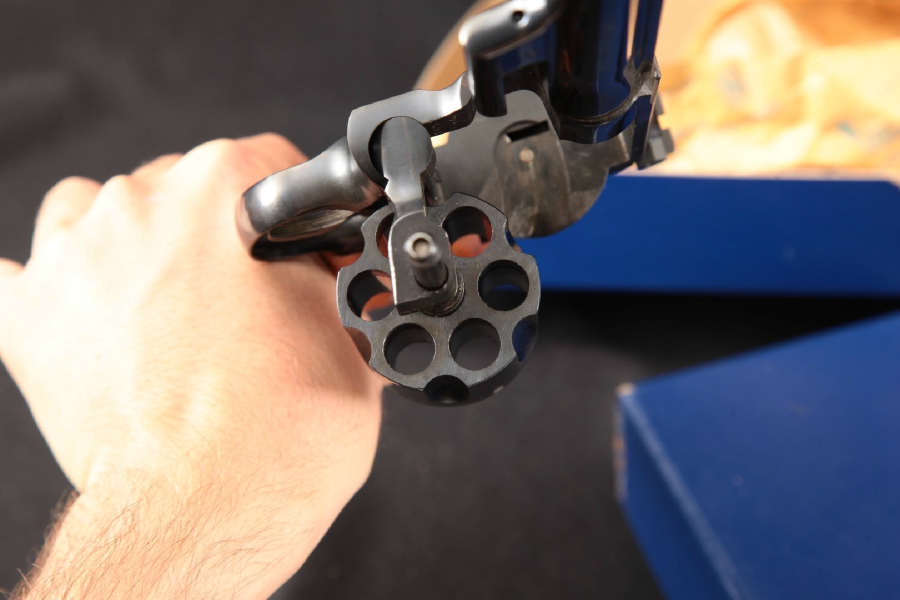
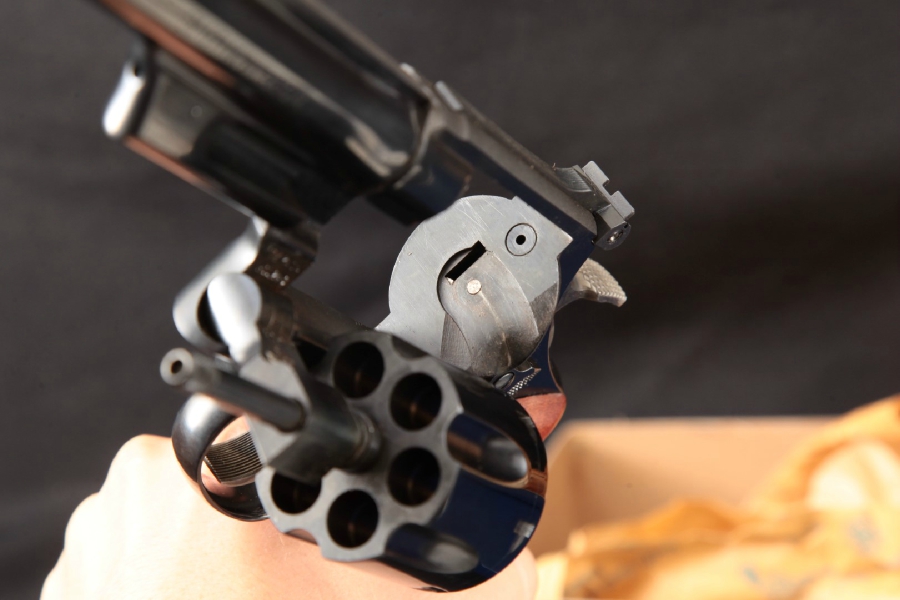
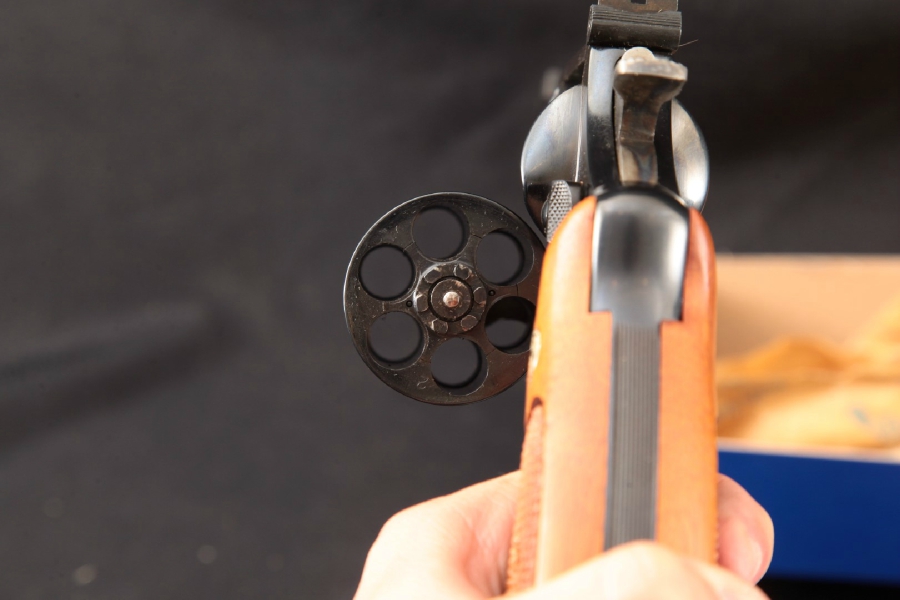

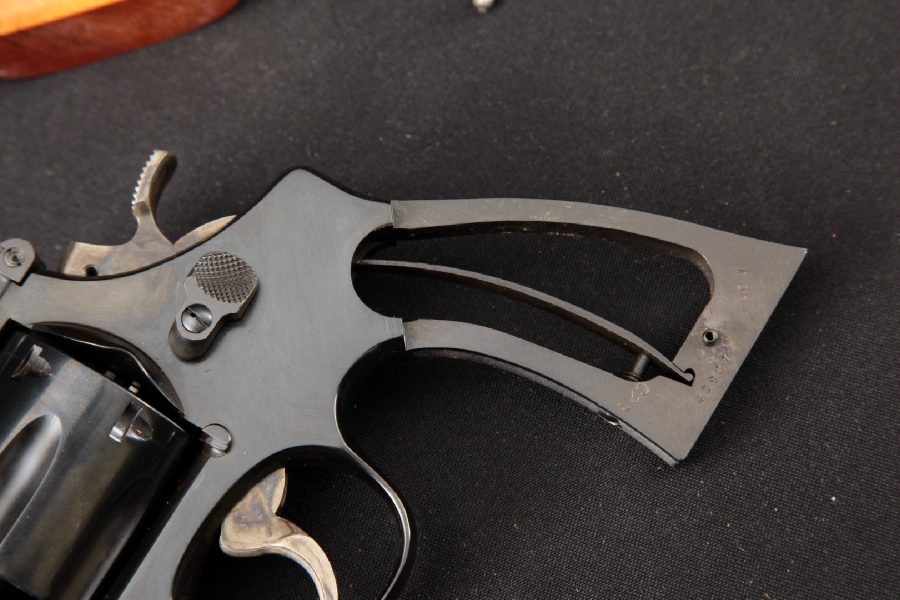
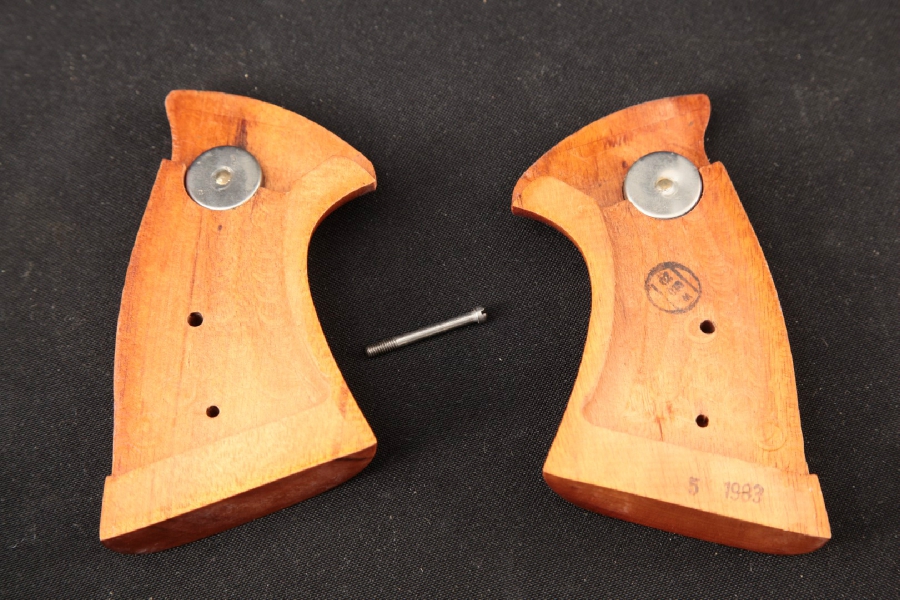
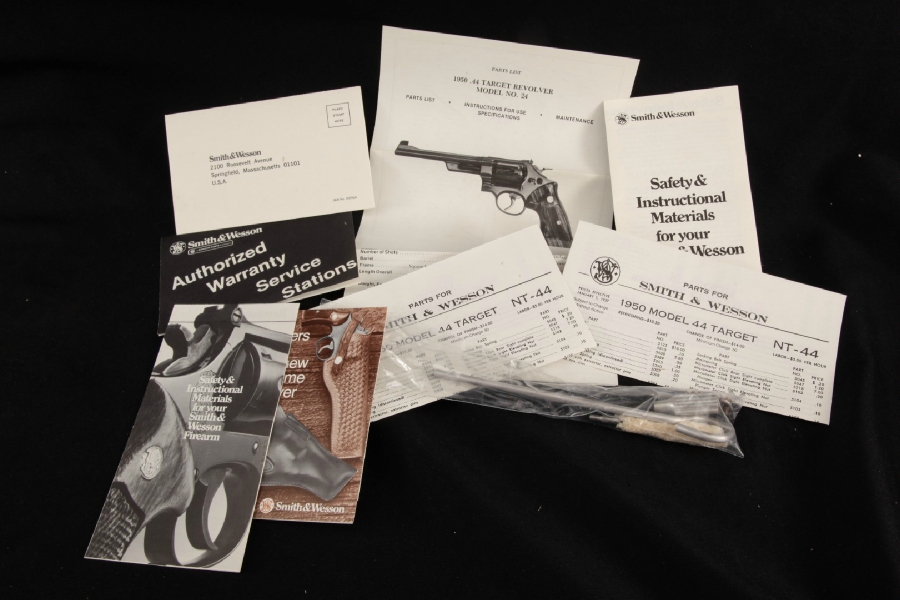
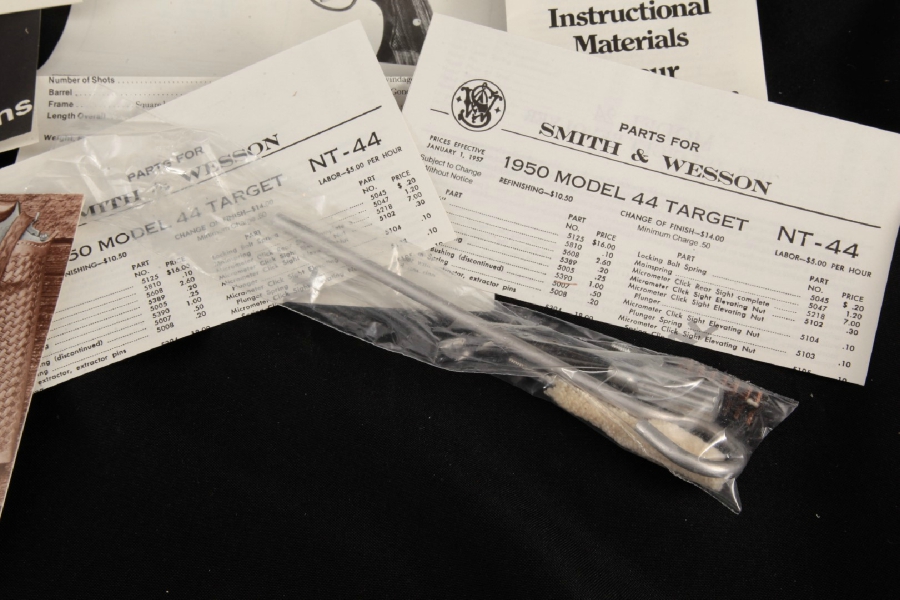


Statistics compiled by the Bureau of Education for use at the Panama-Pacific Exposition, show that of children from 10 to 14 years of age there were in 1910 only 22 out of every 1,000 who could neither read nor write[.] … The following states report only one child in 1,000 between ages of 10 and 14 as illiterate: Connecticut, District of Columbia, Massachusetts, Minnesota, Montana, New Hampshire, North Dakota, Oregon, Utah, and Washington[.] … It is evident that the public schools will in a short time practically eliminate illiteracy.
According to the Bureau of Education, U.S. students were at least 99% literate a century ago. Blumenfeld concluded:
So apparently they knew how to teach children to read in 1910. Also, there was no such thing as ‘functional illiteracy,’ that is, a kind of low, inadequate reading ability which is the product of faulty teaching methods in our schools. The illiteracy of 1910 was the result of some children having no schooling. Functional illiteracy is a result of the way we actually teach children to read in our schools, for our teachers today, whether they know it or not, have been deliberately trained to produce functional illiteracy.
Admittedly, these were U.S. government figures presented to the world; maybe chauvinism was at play. But even if you tinker with the stats, the collapse is still catastrophic. The vast majority of children were reading and writing 100 years ago. Now, thanks to deliberate policies of our Education Establishment, we have two thirds testing below proficient.
Blumenfeld commented:
To believe that such massive functional illiteracy is an unplanned phenomenon beyond the control of anyone is to believe that our educators with all their doctoral degrees literally don’t know what they are doing. After all, teaching children to read is no big mystery. Teachers have been doing it for the last 3,000 years, and as the US government’s own statistics show they were doing it well in 1910 and up to about the 1930s when the big switch took place in teaching methods.
That was when our Education Establishment (most probably, I would suggest, influenced by Comintern subversives) abolished phonics and made children memorize words by their shapes. This approach has been a disaster, yet the public has been persuaded to accept it until this day.
I and others write constantly against this development, with less than the hoped for effect. Our society, and especially the people at the top, seem all too comfortable with rampant illiteracy. How is that possible?
Ayn Rand perfectly captured the country’s predicament in these few words: “[t]he hardest thing to explain is the glaringly evident which everybody has decided not to see.”
That’s where we are. The glaringly evident escapes notice. Most Americans have been conned into not seeing that our Education Establishment (i.e., the professors in charge) must be the chief cause of illiteracy and other educational failure. Truthfully, nearly all of these pretend educators should be fired for demonstrated incompetence.
The power of our Education Establishment to maintain its destructive nonsense is frightening. These shifty people have put the leaders of the country in straitjackets, apparently. Even President Trump and Betsy DeVos cannot speak the obvious: children should learn to read in the first grade. Anything else is unacceptable.
If you hear about children bringing home lists of sight-words to memorize, start screaming. That’s where illiteracy begins: sight-words. If literacy is the goal, children should memorize the letters of the alphabet and the sounds they represent.
To save the country, we first have to save the public schools. To do that, we have to save reading. This is easy because reading is easy.
Coda: The Samuel Blumenfeld book quoted several times in this article is NEA: Trojan Horse in American Education. This book is scholarly, relentless, and – for most readers – shocking. Published about 35 years ago, it argues that the National Education Association promotes everything bad in public education. It is the enemy within.
Bruce Deitrick Price’s new book is Saving K-12. He deconstructs educational theories and methods at Improve-Education.org. Support his work on Patreon.
Statistics compiled by the Bureau of Education for use at the Panama-Pacific Exposition, show that of children from 10 to 14 years of age there were in 1910 only 22 out of every 1,000 who could neither read nor write[.] … The following states report only one child in 1,000 between ages of 10 and 14 as illiterate: Connecticut, District of Columbia, Massachusetts, Minnesota, Montana, New Hampshire, North Dakota, Oregon, Utah, and Washington[.] … It is evident that the public schools will in a short time practically eliminate illiteracy.
According to the Bureau of Education, U.S. students were at least 99% literate a century ago. Blumenfeld concluded:
So apparently they knew how to teach children to read in 1910. Also, there was no such thing as ‘functional illiteracy,’ that is, a kind of low, inadequate reading ability which is the product of faulty teaching methods in our schools. The illiteracy of 1910 was the result of some children having no schooling. Functional illiteracy is a result of the way we actually teach children to read in our schools, for our teachers today, whether they know it or not, have been deliberately trained to produce functional illiteracy.


The Battle of Château-Thierry was fought on July 18, 1918 and was one of the first actions of the American Expeditionary Forces (AEF) under General John J. “Black Jack” Pershing.

It was a battle in World War I as part of the Second Battle of the Marne, initially prompted by a German offensive launched on 15 July against the AEF, an expeditionary force consisting of troops from both the Army and Marine Corps, and the newest troops on the front.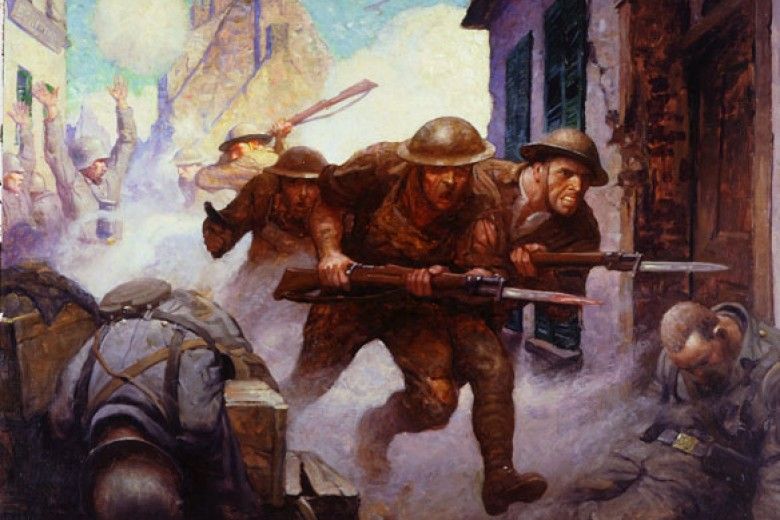
On the morning of 18 July 1918, the French (some of them colonial) and American forces between Fontenoy and Château-Thierry launched a counter-assault under the overall direction of Allied généralissime Ferdinand Foch against the German positions.
This assault on a 40 km (25 mi) wide front was the first in over a year. The American army played a role fighting for the regions around Soissons and Château-Thierry, in collaboration with predominantly French forces.
The allied forces had managed to keep their plans a secret, and their attack at 04:45 took the Germans by surprise when the troops went “Over the Top” without a preparatory artillery bombardment, but instead followed closely behind a rolling barrage which began with great synchronized precision.
Eventually, the two opposing assaults (lines) inter-penetrated and individual American units exercised initiative and continued fighting despite being nominally behind enemy lines.[2]
[hide]
Despite the revolution in Russia, fortune seemed to favor the Allies with the arrival of the Americans to France. However, these troops needed time to train before they could be combat effective.
Recognizing the window of opportunity, Ludendorff consolidated the manpower freed up from the Eastern Front to conduct Operation Michael in order to split the Allies’ lines. The successes of the German Stormtroopers infiltration tactics earned Germany approximately 40 miles of territory. But the offensive lost momentum when it surpassed its supply lines.
Up to this point, American General Pershing refused to hand over American divisions to either the British or French armies, insisting on keeping them together as one army. But in the face of the German onslaught, Pershing relented and sent a portion of his army to assist the French in blocking the German advance.[3]:7–10
Looking to defeat the British occupied in Flanders, Ludendorff sought to divert the Allies’ French reserves away from the region. In his Operation Blucher, Ludendorff aimed some of his forces at the Chemin des Dames and took the French Sixth Army by surprise.
Driving on, the Germans were soon at the Marne River, situated under 50 miles from Paris. With Marshal Ferdinand Foch unable to acquire British assistance, General Pershing’s chief of operation, Colonel Fox Conner, recognized the gravity of the situation and ordered the 3rd Division to block them.[3]:39–41[4]
The 3rd Division occupied the main bridge on the south bank of the Marne that led in Chateau Thierry on May 31 as the French 10th Colonial Division rendezvoused with them from the north bank. The Americans positioned their machine guns to cover the French retreat, and had a unit led by Lt John Bissell situated north of the second bridge. The French spent the night adding explosives to the bridges to destroy them. Early the following morning, on June 1, the Germans advanced into Chateau Thierry from the north, forcing the French to the main bridge, which they defended with the support of American machine-gun fire. The French succeeded in destroying the bridge as the Americans kept up their fire on the Germans. Lt. Bissell’s group was still on the north side of the Marne. They worked their way back to the secondary bridge in-between American machine-gun fire and made it across, along with a group of Germans that were captured shortly afterwards. From the north of the Marne on June 2, the Germans engaged in heavy artillery and sniper fire against the Allies. They made an attempt to take the remaining bridge but were forced to end the assault as the casualties rose.[3]:41–42
After World War I, a memorial was built on Hill 204, 2 miles (3 km.) west of the town for which it is named. The Château-Thierry Monument, designed by Paul P. Cret of Philadelphia, was constructed by the American Battle Monuments Commission “to commemorate the sacrifices and achievements of American and French fighting men in the region, and the friendship and cooperation of French and American forces during World War I.”[5]
There is also a monument in front of the Bronx County Courthouse in New York City that was presented by the American Legion on November 11, 1940. The monument consists of the “Keystone from an arch of the old bridge at Chateau Thierry,” which the monument notes was “Gloriously and successfully defended by American troops.”[6]
The first Filipino to die in World War I was Private Tomas Mateo Claudio who served with the U.S. Army as part of the American Expeditionary Forces to Europe. He died in the Battle of Chateau Thierry in France on June 29, 1918.[7][8] The Tomas Claudio Memorial College in Morong Rizal, Philippines, which was founded in 1950, was named in his honor.[9]
The Story of the American Expeditionary Forces |
| U.S. Marine Corps |
THE BATTLEFOR |
| | Quick Facts | Background | Chronology | | A First Hand Account | Quick FactsWhere: The Aisne-Marne Sector, 5 miles immediately northwest of the town of Chateau-Thierry on the River Marne. BackgroundThe Hunting Lodge within Belleau Wood
|
| Sources and thanks: A half dozen works were consulted for this page including E.M. Coffman’s War to End All Wars, Stalling’s The Doughboys, Friedel’s Over There, SLA Marshall text in the American Heritage History of World War I and American Armies and Battlefields in Europe. The most valuable resource for the chronology was the Official 2nd Division History which is now available on CD from our friends at the Digital Bookshelf. A forgotten Marine contributor sent the Frederick Wise comments which are from the memoir, A MARINE TELLS IT TO YOU. The top illustration is a detail from a Leatherneck Magazine cover. Regular contributors Herb Stickel and Ray Mentzer helped with the other photos.All of the above are recommended for deeper study of the battle as well as two interesting websites: Bradley Omanson’s Scuttlebutt & Small Chow: A Salty Old Harbor of Marine Corps History Great War Society Member Edward Swaim’s Belleau Wood Today Photo Essay Last, a special thanks for Col. Bill Anderson, USMC, a Great War Society Member and student of the battle who caught some serious errors of omission in my original draft. MH |
| To find other Doughboy Features visit ourDirectory Page | For Great War Society Membership InformationClick on Icon |
| For further information on the events of 1914-1918 visit the homepage of The Great War Society |
Additions and comments on these pages may be directed to:
Michael E. Hanlon (medwardh@hotmail.com)

We all grew up watching cowboys played by the likes of John Wayne, Clint Eastwood, Matt Damon, and Emilio Estevez carrying 1873 lever actions. Its big brother, the Winchester Model 1876, however, despite being the first large caliber repeating rifle, never quite got the same acclaim.
When the 1873 came out it was a paradigm shift. A repeating rifle that was as reliable and capable as it was practical. However, it was still a pistol caliber carbine. For real rifle work, you had to go to something like an 1869 Sharps, a Ballard Perfection rifle, or a Remington Rolling Block. That’s what buffalo hunters used. What these long range, big game guns had in common was that they were all single shot firearms. The Winchester Model 1876 changed that forever.
Whether shooting grizzlies, buffalo, or marauding Indians, having the ability to fire multiple shots in quick succession often meant the difference between life and death for the western frontiersman. It was embraced by those who needed the power and range the bigger cartridges provided including settlers, professional hunters, and soldiers. Probably also why it became a favorite of Teddy Roosevelt in his treks out west (and even Africa).
Cimarron contracted with Uberti to produce the replica Winchester Model 1876 and they couldn’t have picked a better company. Uberti makes beautiful and detailed replica guns. Their Model 1876 is a gorgeous rifle. The wood, bluing, fit of the wood to steel, and the action are all excellent. And it shoots as good as it looks.
In order to handle more powerful cartridges, Winchester took their successful Model 1873 and made it bigger. In fact, the 1876 utilizes the same toggle action as the 1873. However, in the Cimarron/Uberti guns, it’s much stronger than the original. Modern metallurgy definitely makes a difference.
The gun pictured and evaluated is Cimarron’s special Tom Thorn edition. So who was Tom Thorn, you might ask? Horn was a legend in his own time. At 6’ 2” and 200 lbs. he was an imposing figure. A cowboy, US Army scout in on the capture of Geronimo, a Pinkerton agent in the time of Butch Cassidy and the Hole-in-the-Wall gang, and a range detective (some might say hired gun) working for cattleman’s associations. In other words, he was a bigger than life, fiercely independent, and rugged individual fighting for what he thought was right.

Storage in the stock for emergency supplies, extra ammo, or Slim Jims. Horn carried a cleaning rod in his.
Although there have been at least ten movies and TV programs over the years featuring the legendary Thomas Thorn, Jr., the best known is probably the 1980 movie starring Steve McQueen. In this movie, Horn’s near constant companion is a Winchester Model 1876 in 45-60. (Back in the black powder days, cartridges were typically denoted by the caliber followed by the number of grains of black powder they contained. So 45-60 was a 45 caliber bullet, generally cast lead, over a charge of 60 grains of powder.)
The gun McQueen carried in the movie was an original Winchester Model 1876. It was, in reality, a 45-75 but was depicted in the movie as a 45-60 since that’s the caliber Horn used. In fact when Horn was arrested for the murder of Willie Nickell, a murder which he probably didn’t commit, he had 45-60 cartridges in his pocket. Unfortunately, Horn still swung from a rope for it in Cheyenne, Wyoming.

The gun was modified for the movie with a rear aperture sight as is the Cimarron version. Photo downloaded from http://www.imfdb.org/wiki/Tom_Horn
The Winchester Model 1876 was introduced at the Philadelphia Centennial Exposition celebrating the founding of the USA and was well received. It achieved a unique position in the market until being dethroned by the Winchester Model 1886. Still, it was produced until 1897 with a total production of 64,000 guns. The Cimarron Model 1876 is the very first version to be produced since then.

1876 Centennial “Tom Horn” Signature Rifle Specs
| Price | $1,818.70 |
| Caliber | 45-60 |
| Style | Centennial Rifle |
| Trigger | 7 lb. 8 oz. |
| Frame | Standard Blue |
| Finish | Standard Blue |
| Stock/Forearm | Walnut |
| Barrel | 28 in. |
| Weight | 10.05 Lbs. |
My first outing with the 1876 was a little disappointing. The action was stiff, the sight was off quite a bit to the left, and I got some light primer strikes. Keep in mind that the test and evaluation (T&E) guns we writers get to review make the rounds. I didn’t clean or lubricate it when I got it. I just went straight to the range. When I got home I cleaned it, sprayed some Rem Oil down the firing pin hole, and properly lubricated the other moving parts. Should’a done that to begin with.
My next trip to the range the action was slick as warm butter, the front sight was easily adjusted, and no more light primer strikes. It functioned flawlessly. Lesson learned. Clean it before you shoot.
I have to say that this is a fun gun to shoot. The weight of the gun mitigates the recoil from the 45-60 round firing a 305 grain lead round nose flat point (RNFP) bullet. With a muzzle velocity of 1137 fps you get muzzle energy of 876 foot pounds. That’s more than enough for deer, hogs, or black bear.
Firing offhand at 50 yards, like you would if you were hunting, my best group was 2.238”. Four of the five shots were at just over an inch and a half. You should know that I’m not the best with iron sights. The targets I brought with me that day were also black and it was even more difficult to see the blued, almost black sights on a black target. So you might say this was a worst case test. I truly believe that the gun is more accurate than this for someone with younger eyes. Still, that accuracy is good enough for shots out to 100 yards, even for me. You could likely use it successfully to 200. That’s probably the limit of its accuracy for humane kills due to the trajectory of the most un-aerodynamic blunt 305 grain bullet.
The trigger was a little heavier than what I prefer in a rifle, but I can’t blame the trigger for my shooting. Even though it broke at 7 pounds 8 ounces on my Lyman trigger gauge, there was no takeup, it broke crisply, and with almost no over travel. It is one sweet trigger.
Ammo is an issue since you’re not likely to find it at your local gun shop. The only ammo I was able to get for the evaluation was from Ventura Munitions. From what I’ve read in the forums, ammo is a little scarce although Cimarron is investigating ways to make it more available. If you roll your own, you shouldn’t have any problems. Otherwise, check with these three sources:
Buffalo Arms
Goex Black Dawge – Midway
Ventura Munitions
The Cimarron Centennial Tom Thorn Signature Edition rifle doesn’t have a cross block safety or half cock safety, just like the original. The only compromise made for our litigious society is a lever safety. The lever has to be held against the stock to depress a button. Easy enough to do, especially once you’ve familiarized yourself with the gun.
Although not the best-known rifle from our frontier days, the 1876 is still a storied gun. Get into the history of the era and the rifle and you’ll learn a lot about the old west and some legendary characters who carried it. If you like to hunt with a firearm that was used extensively in the wild west, you owe it to yourself to consider the beautiful guns from Cimarron like the Tom Horn Signature Edition Model 1876.